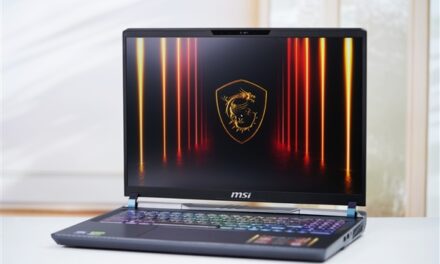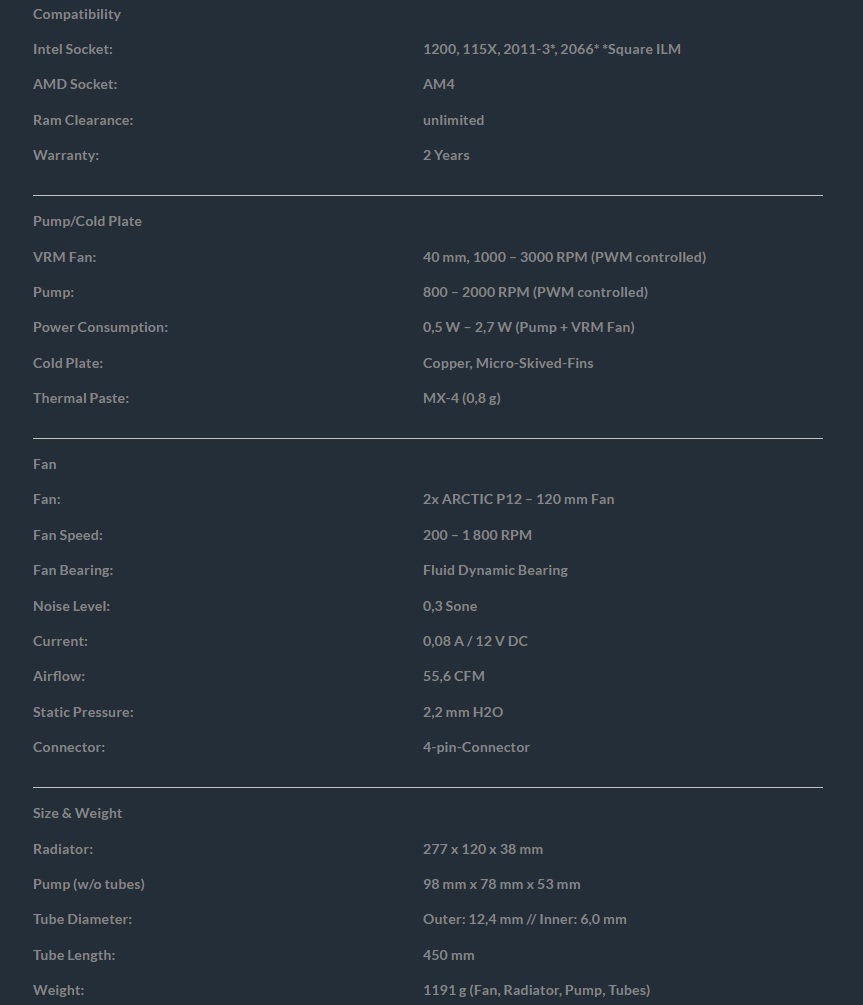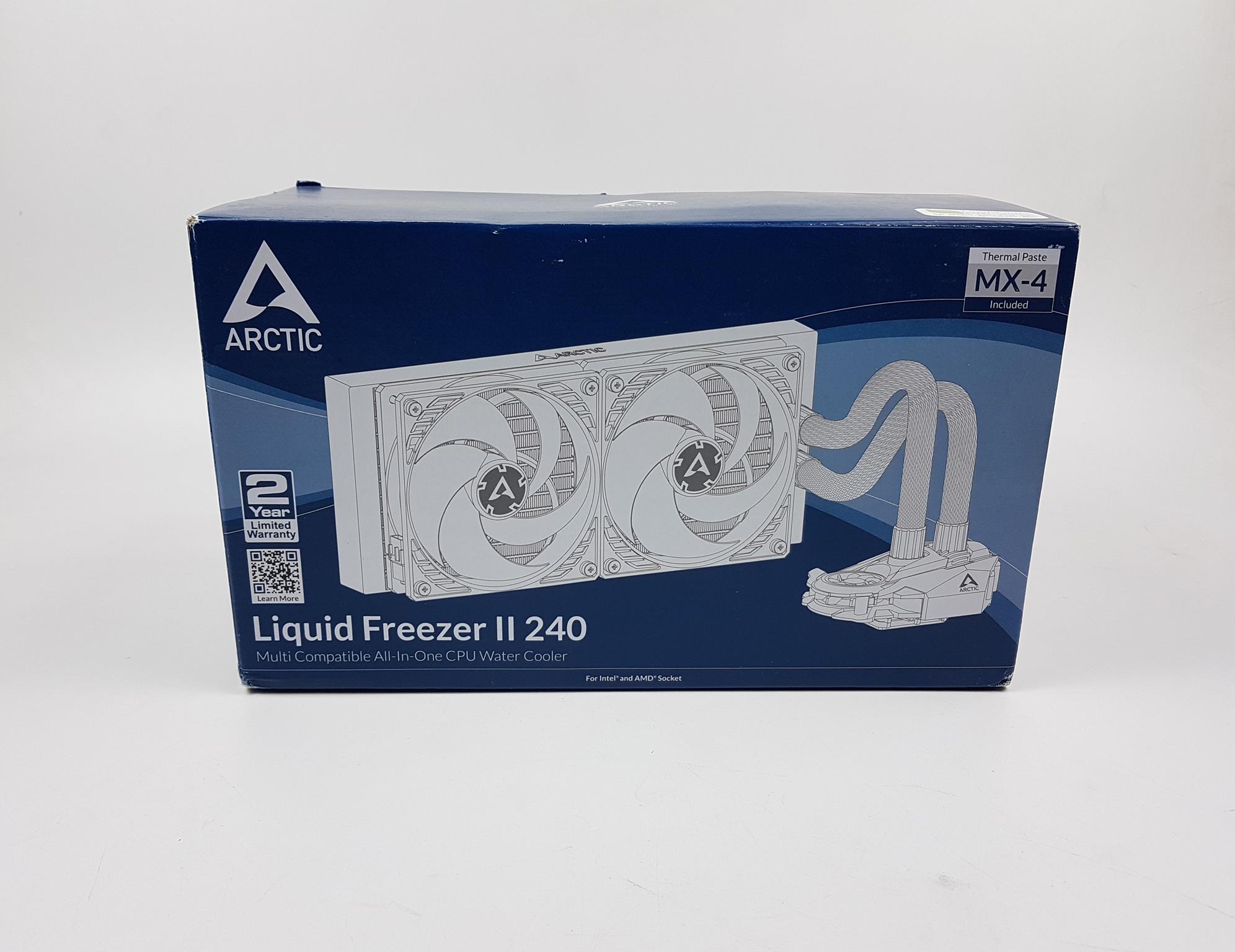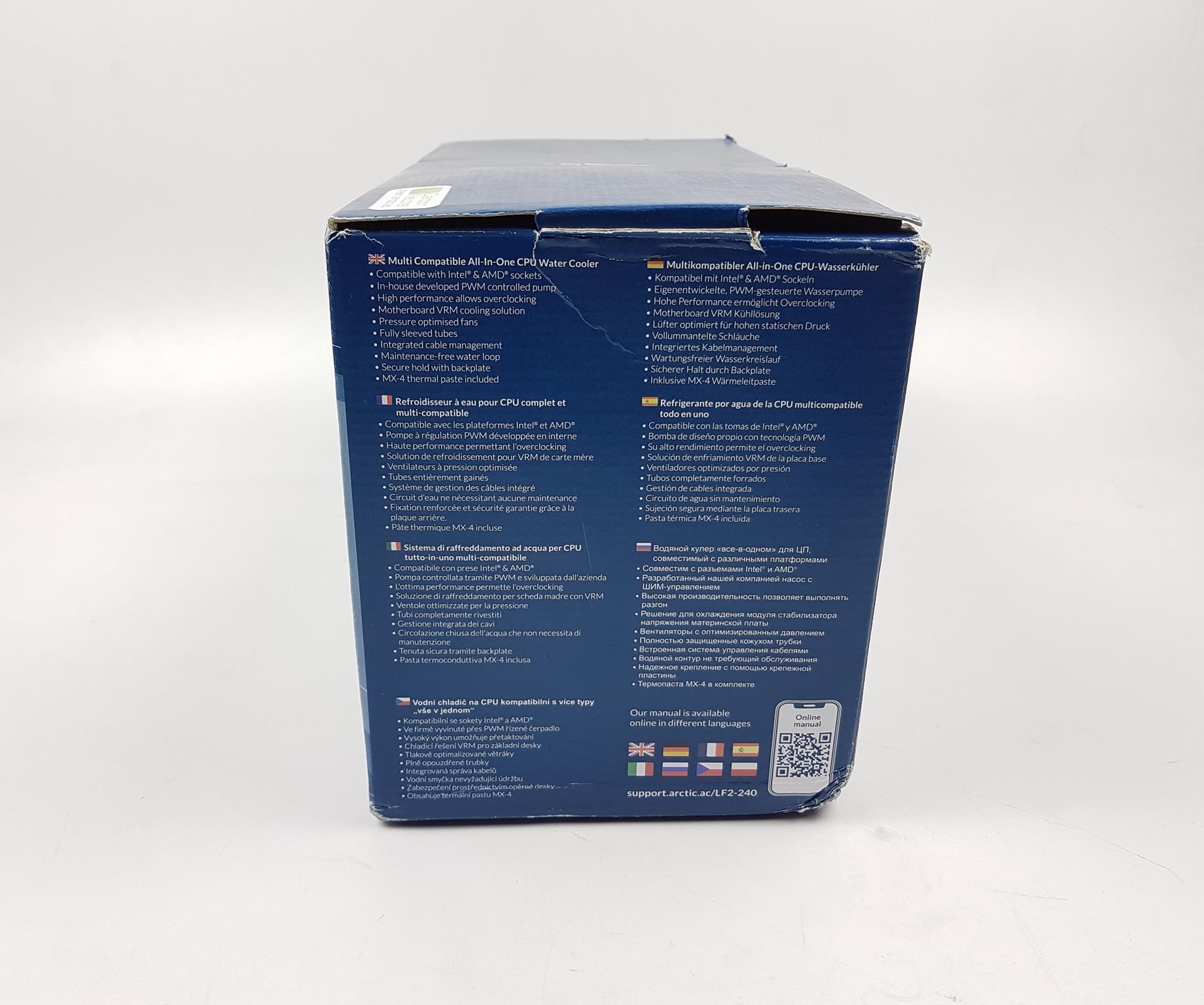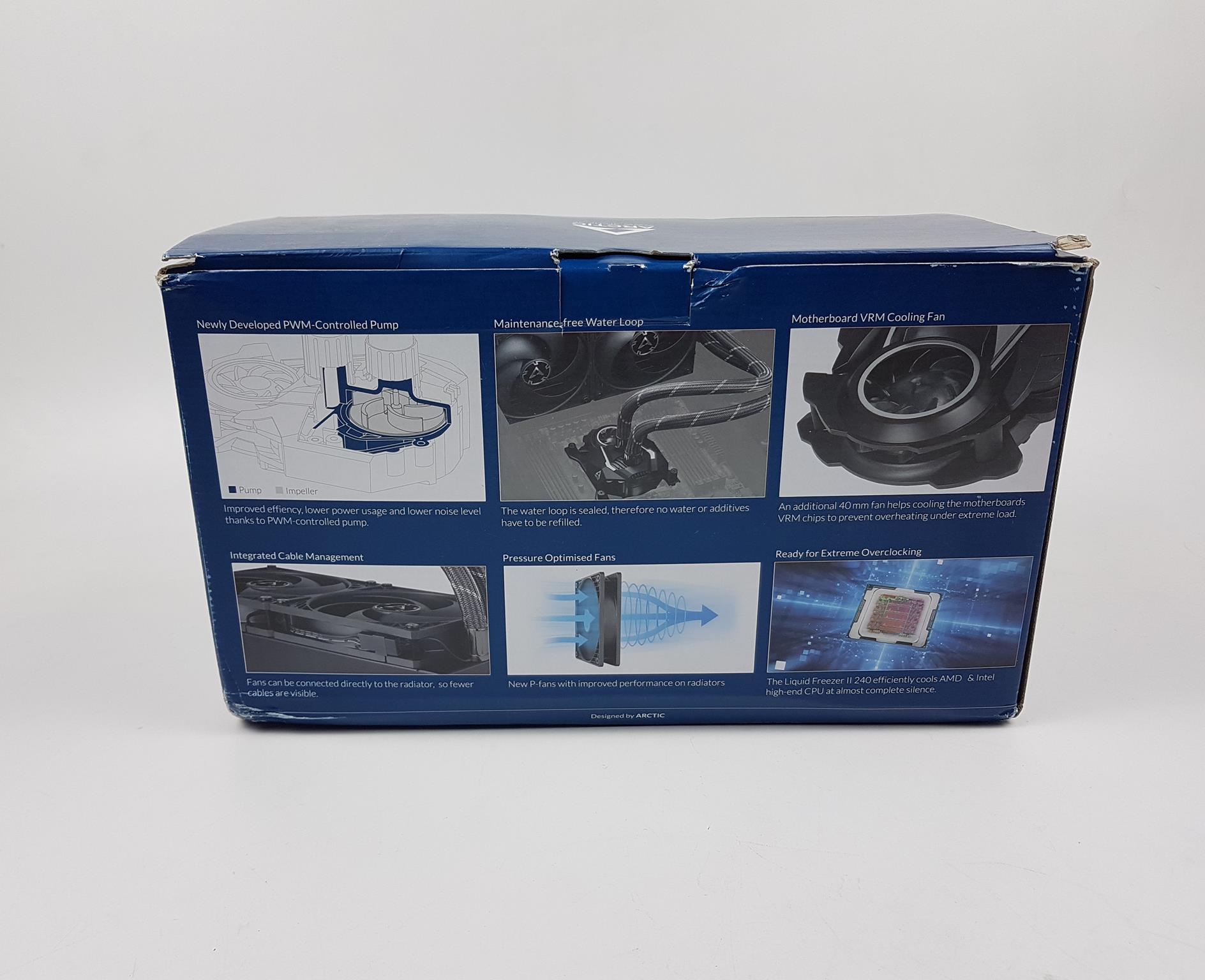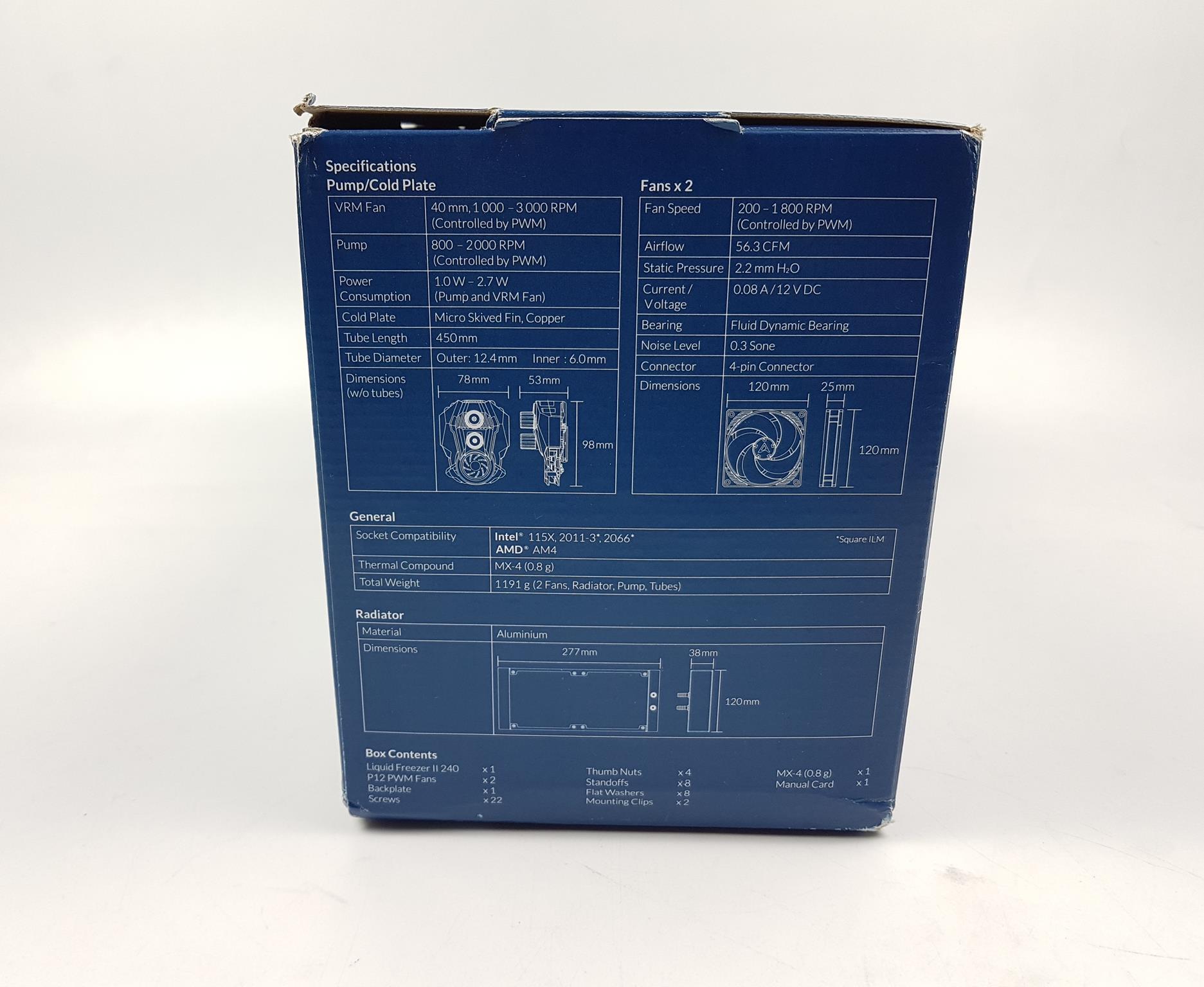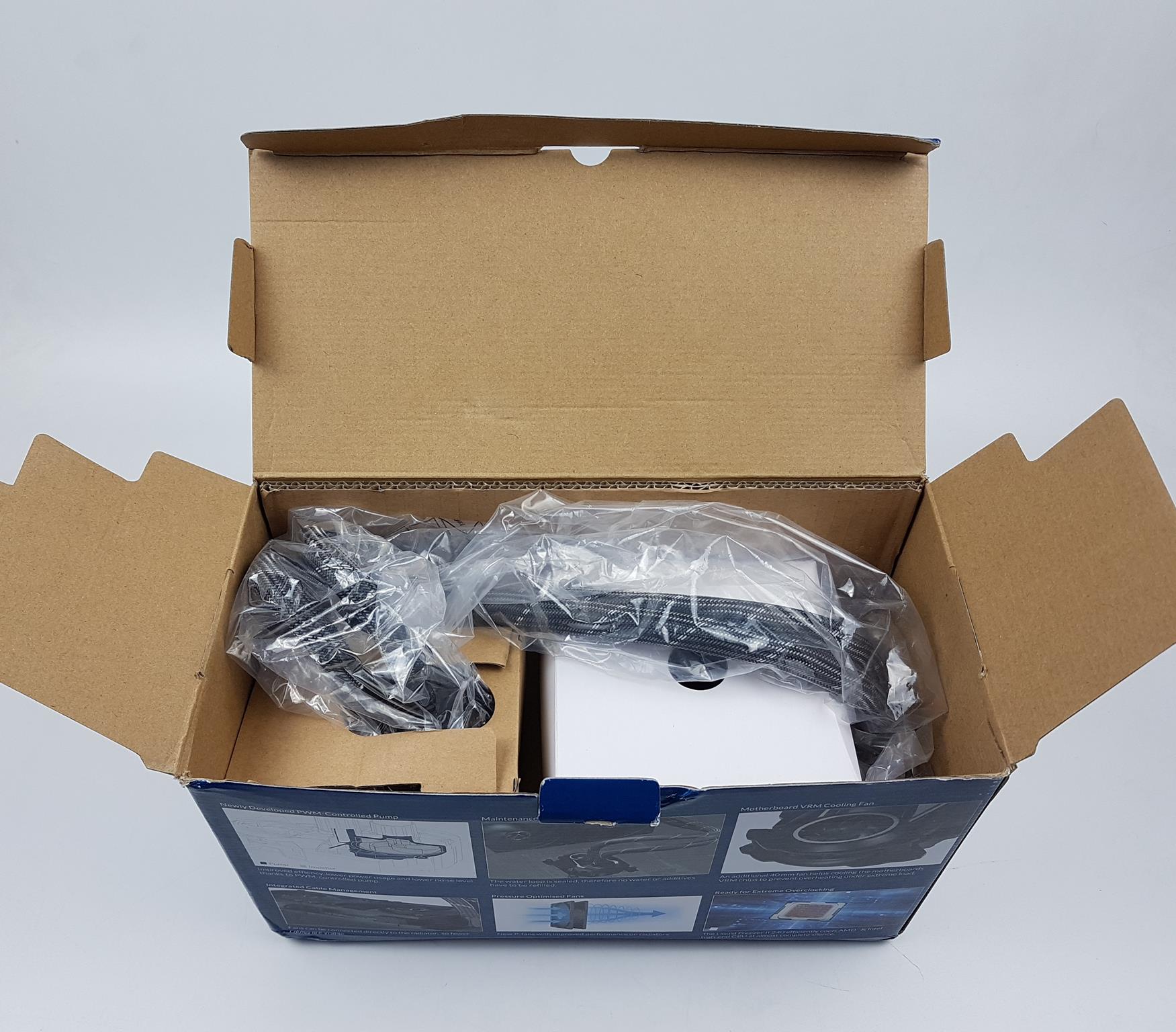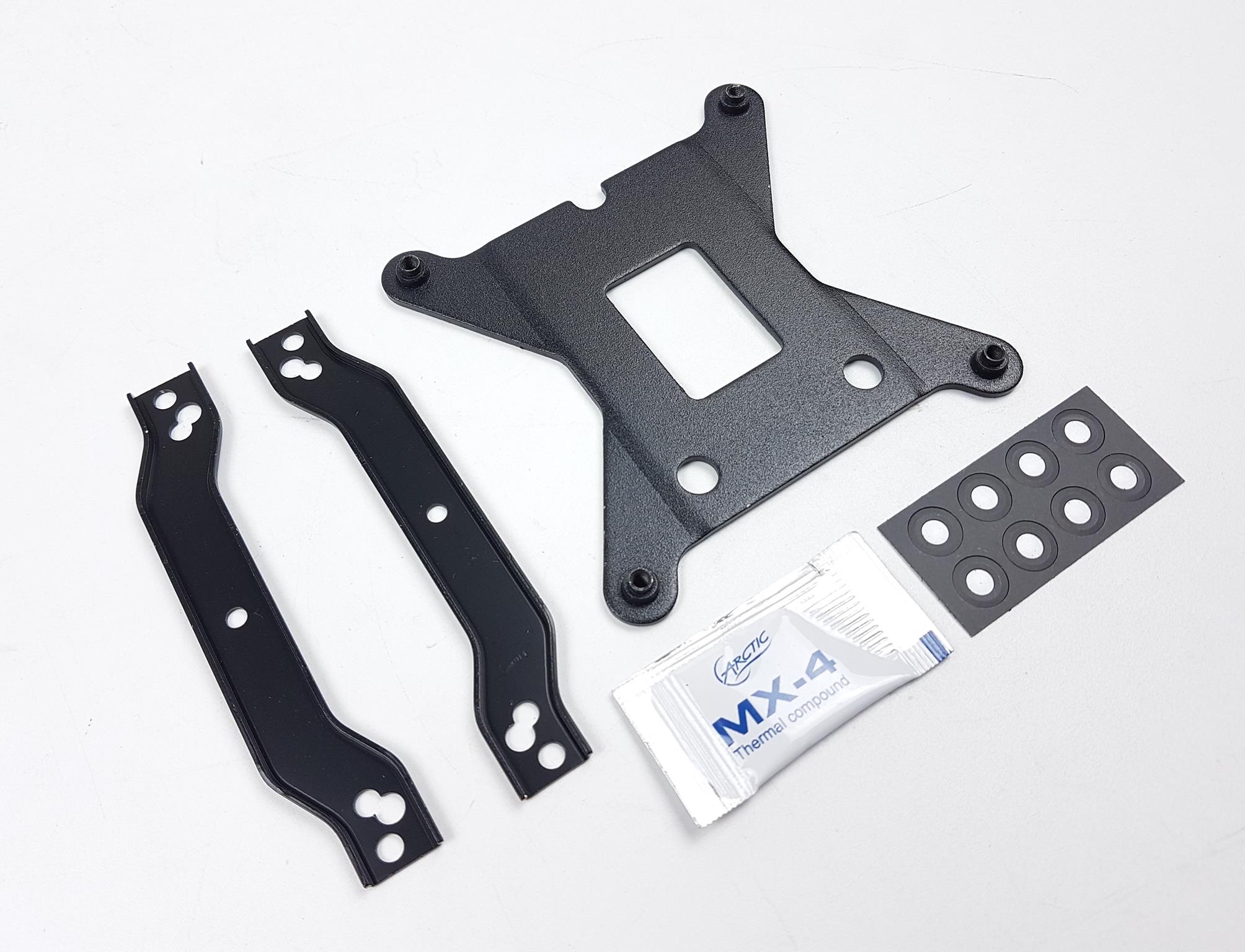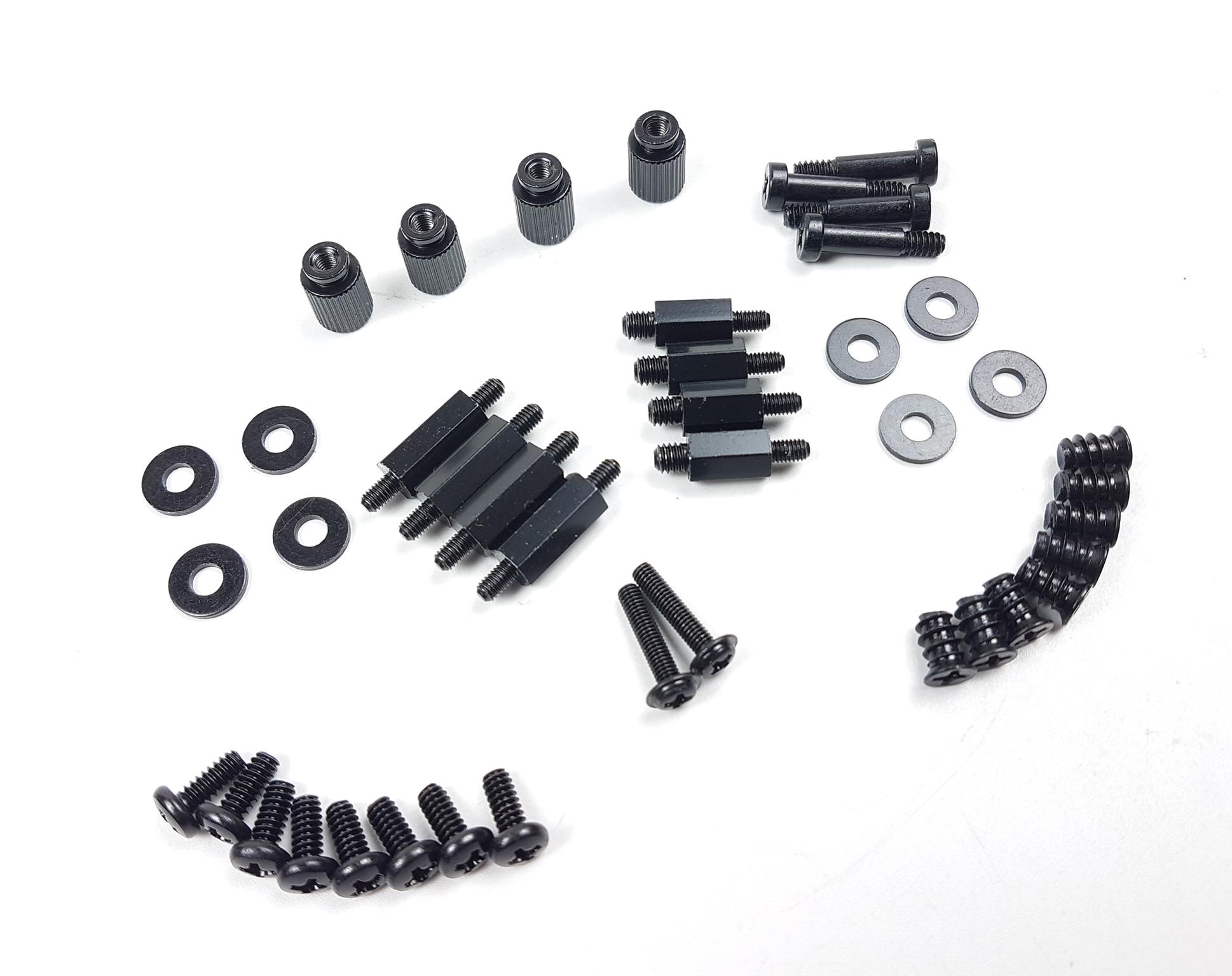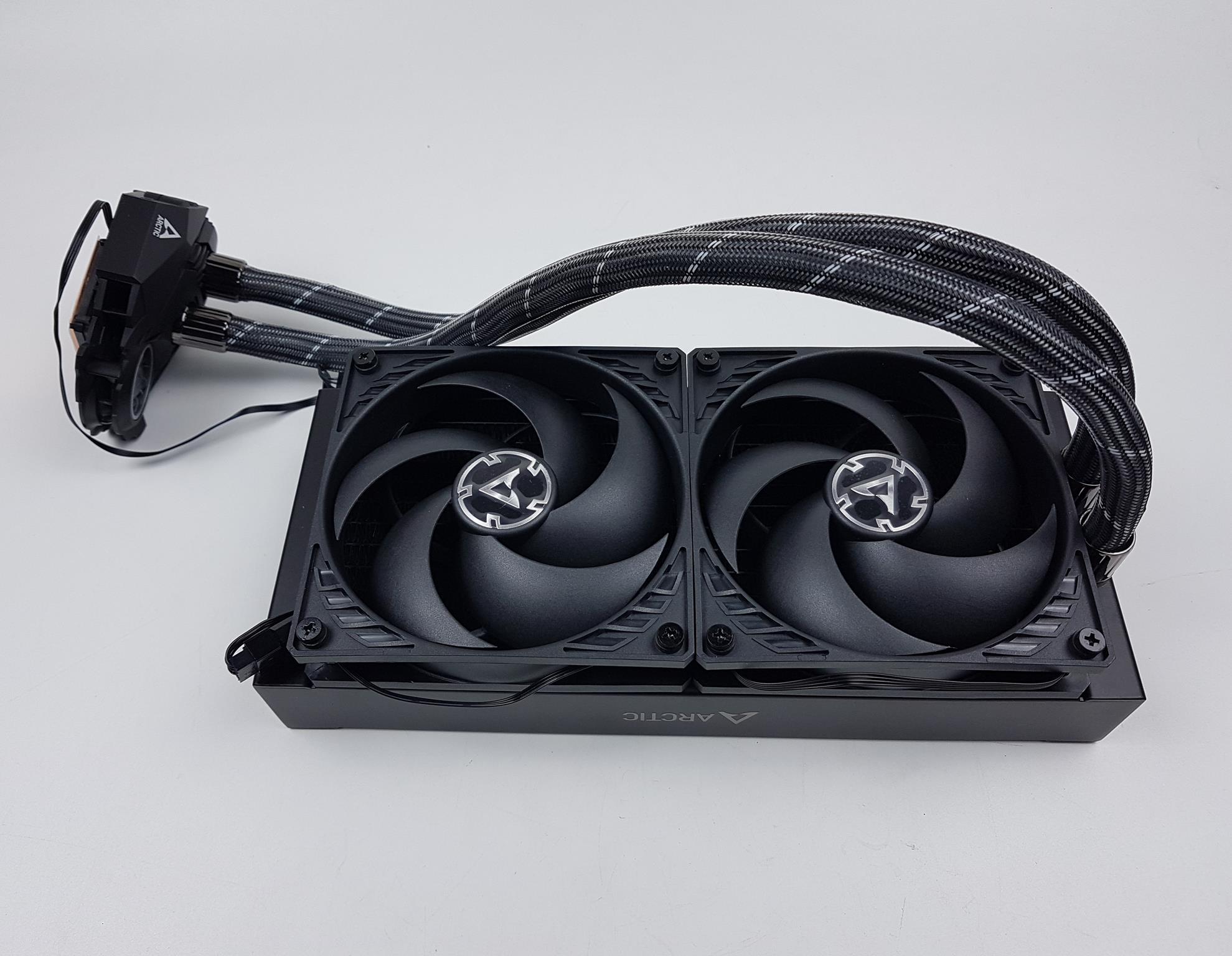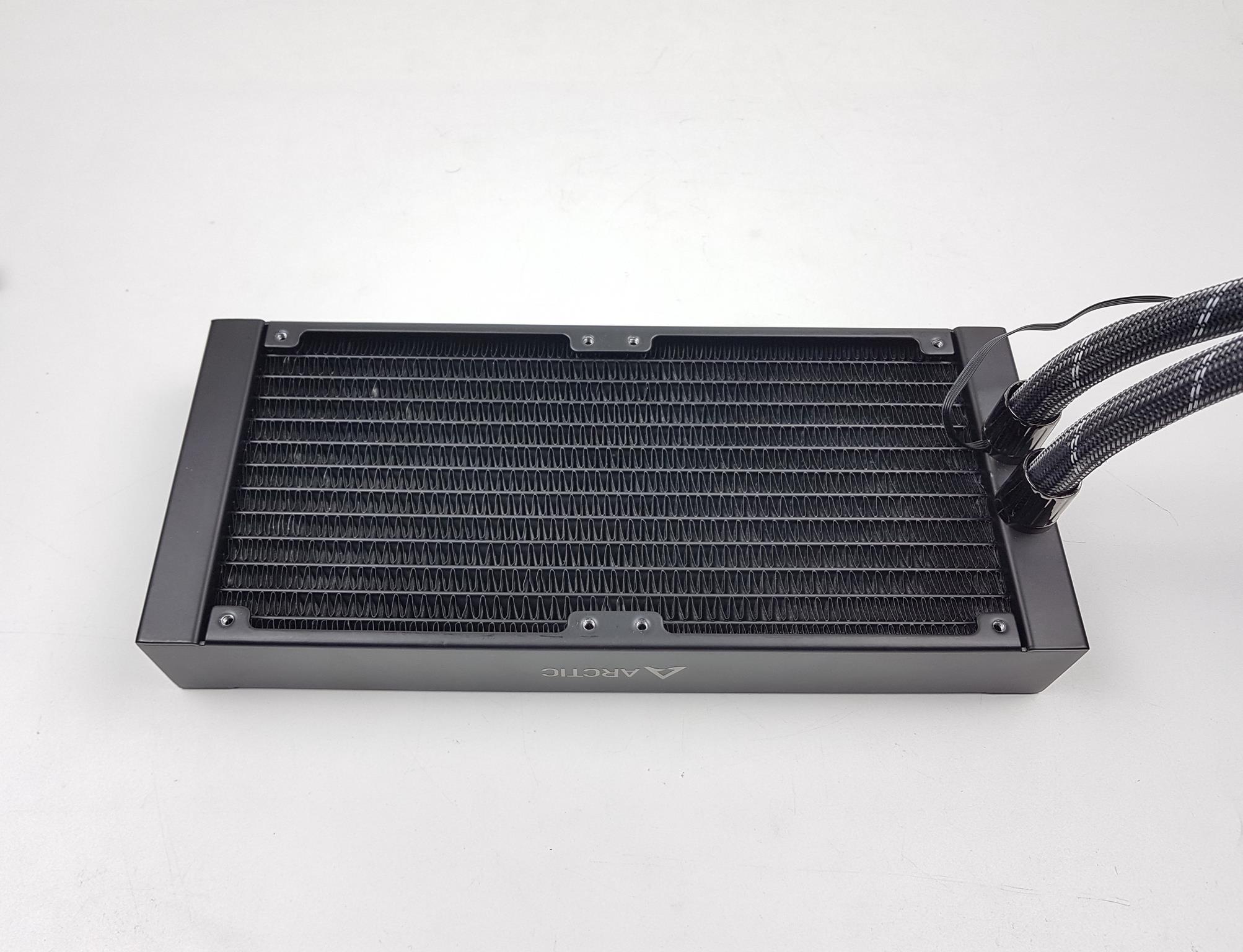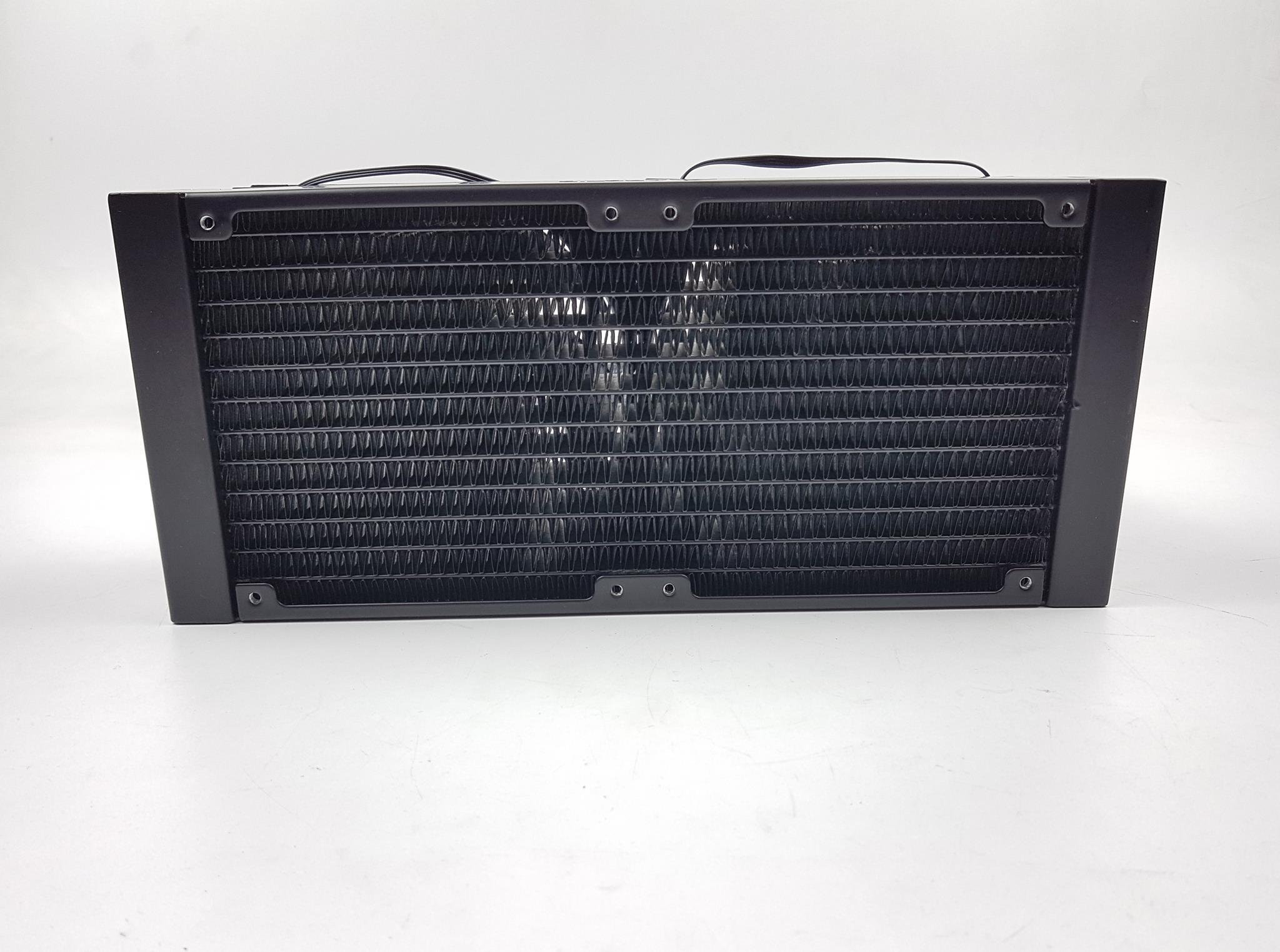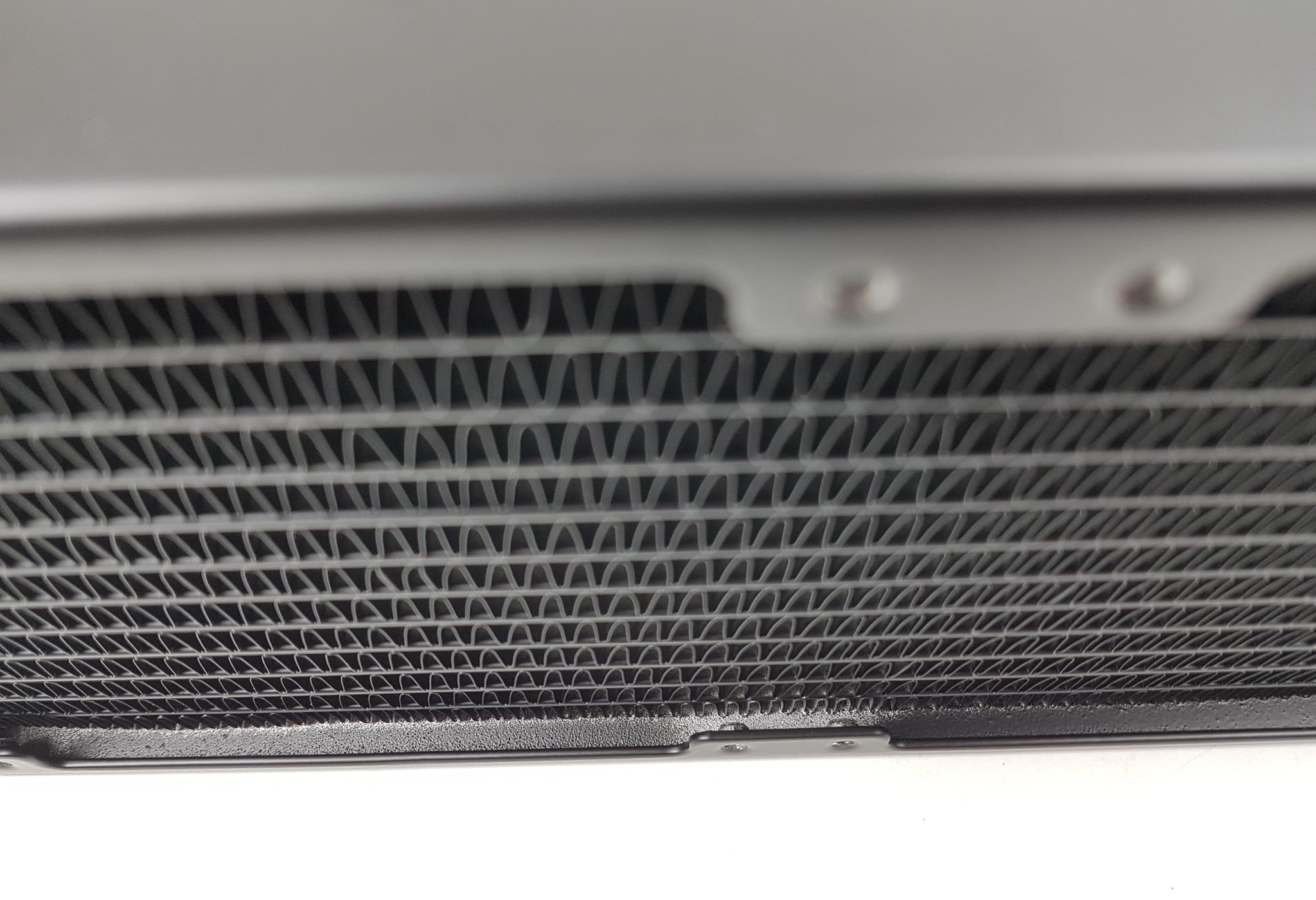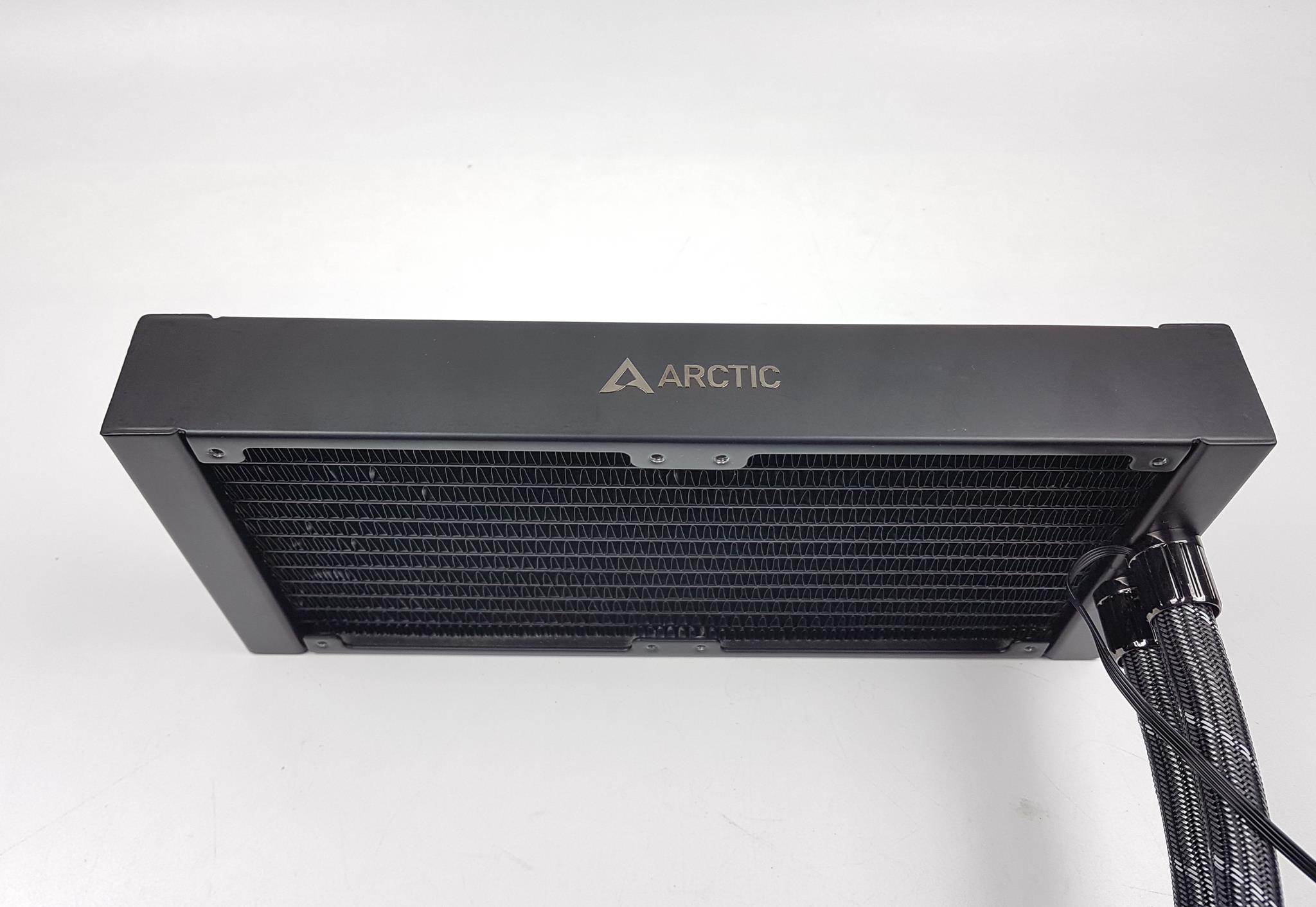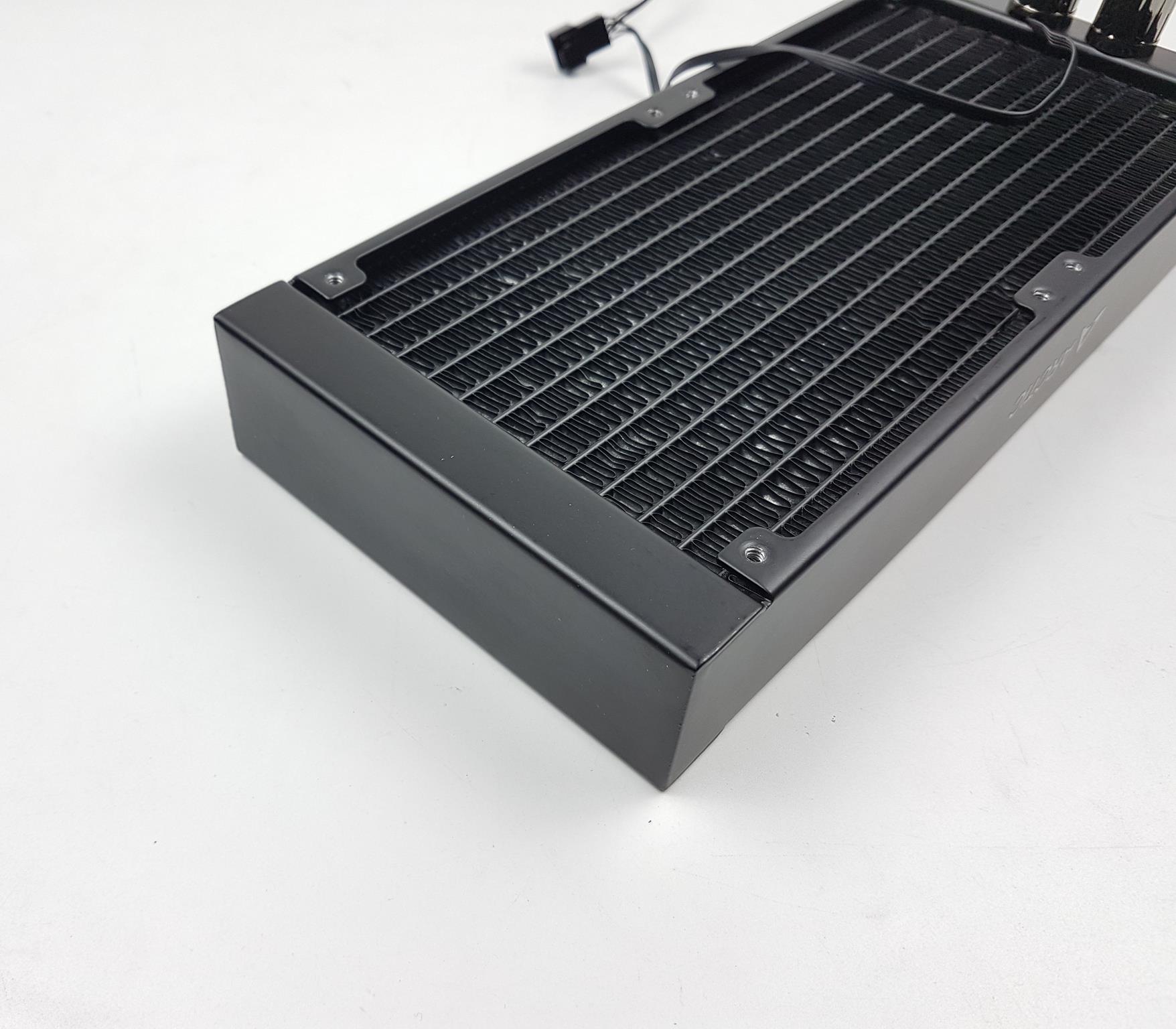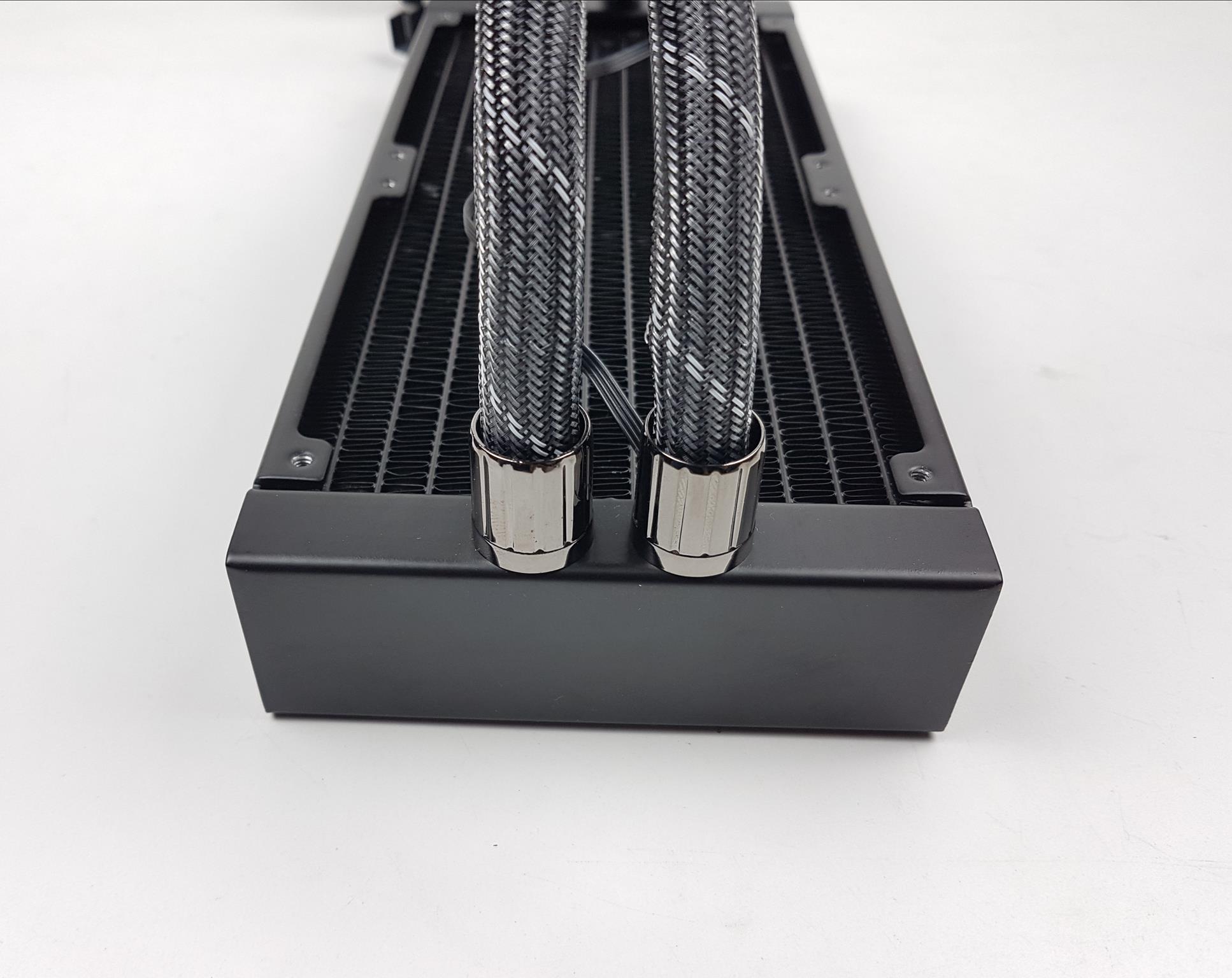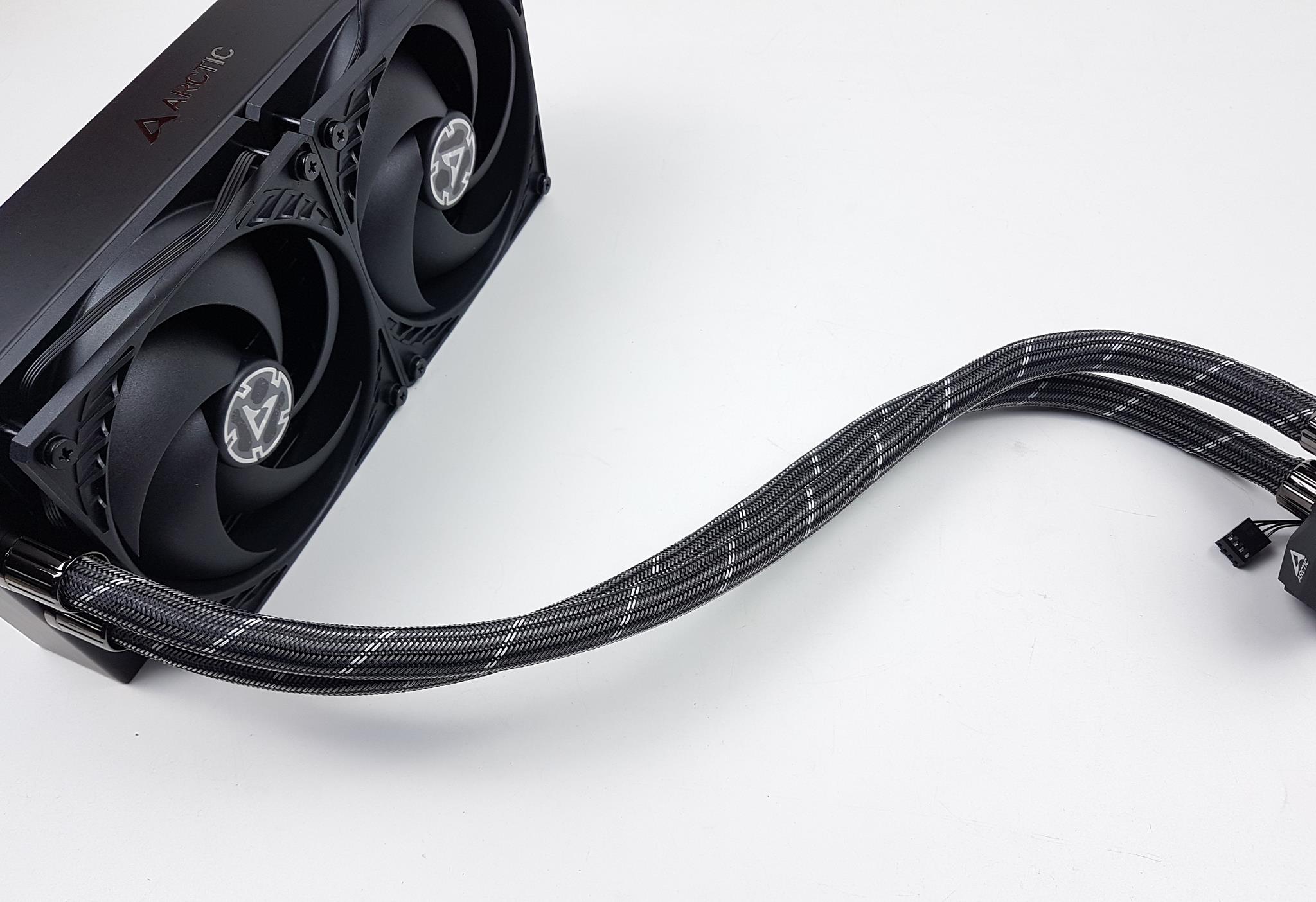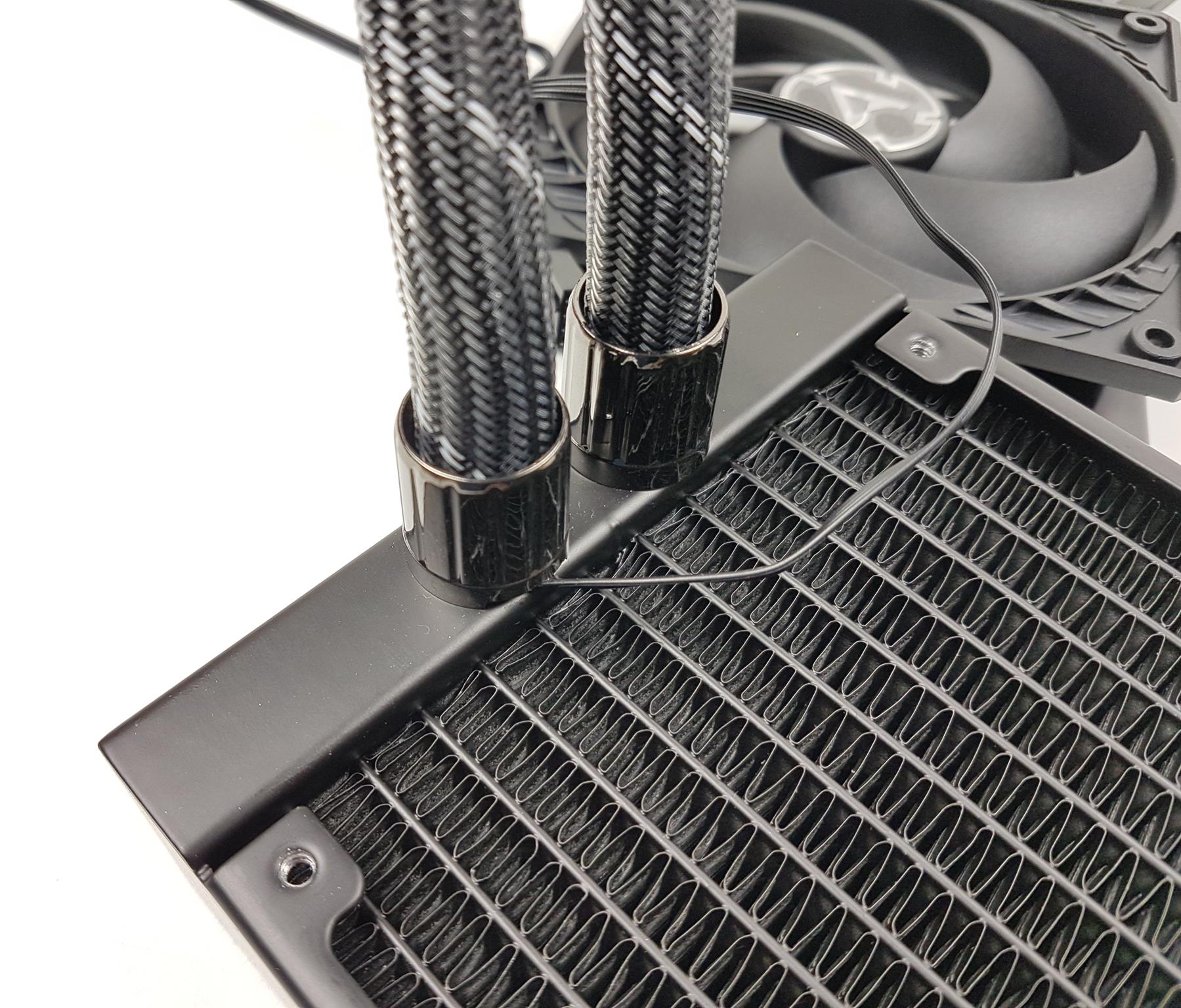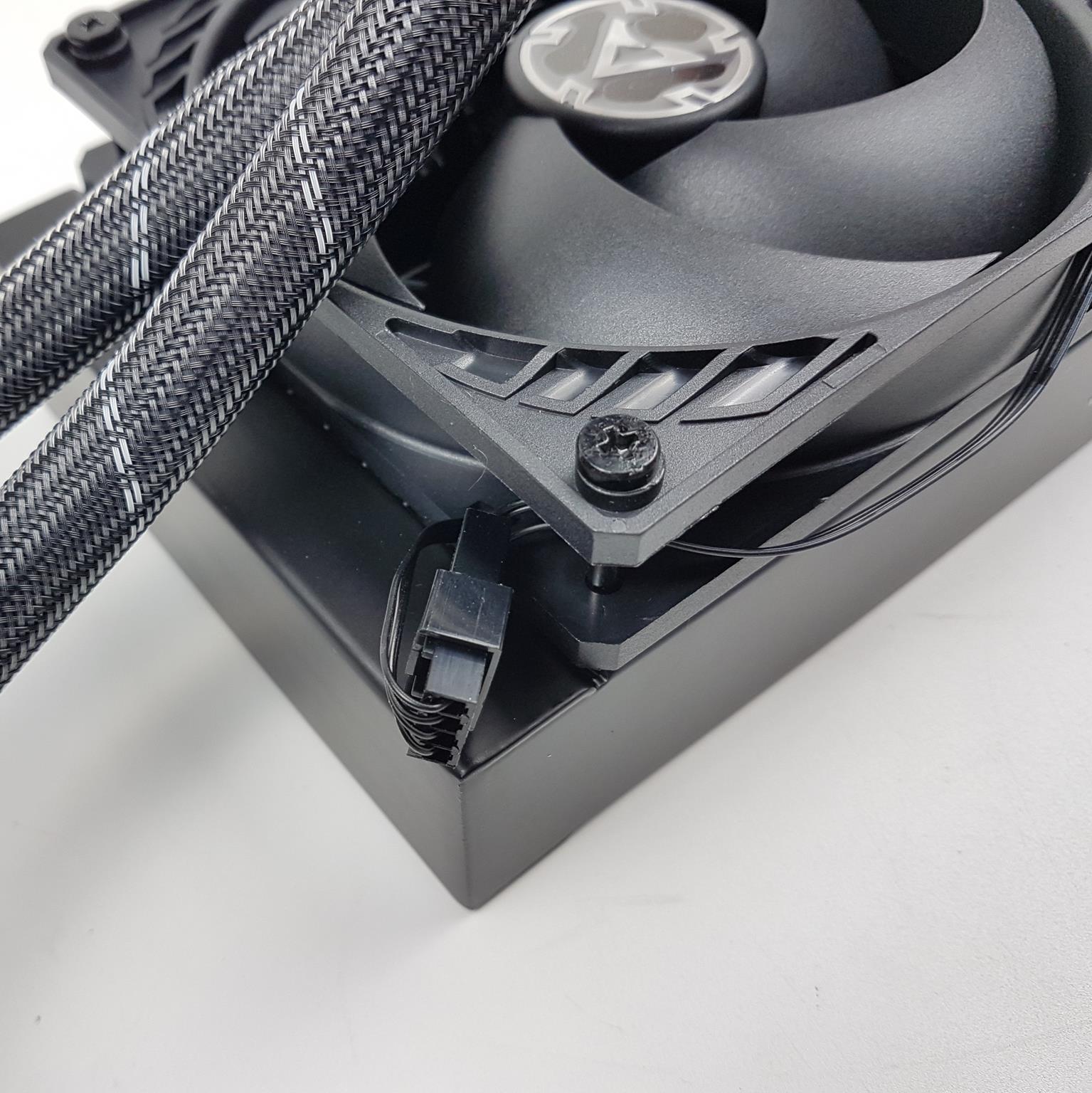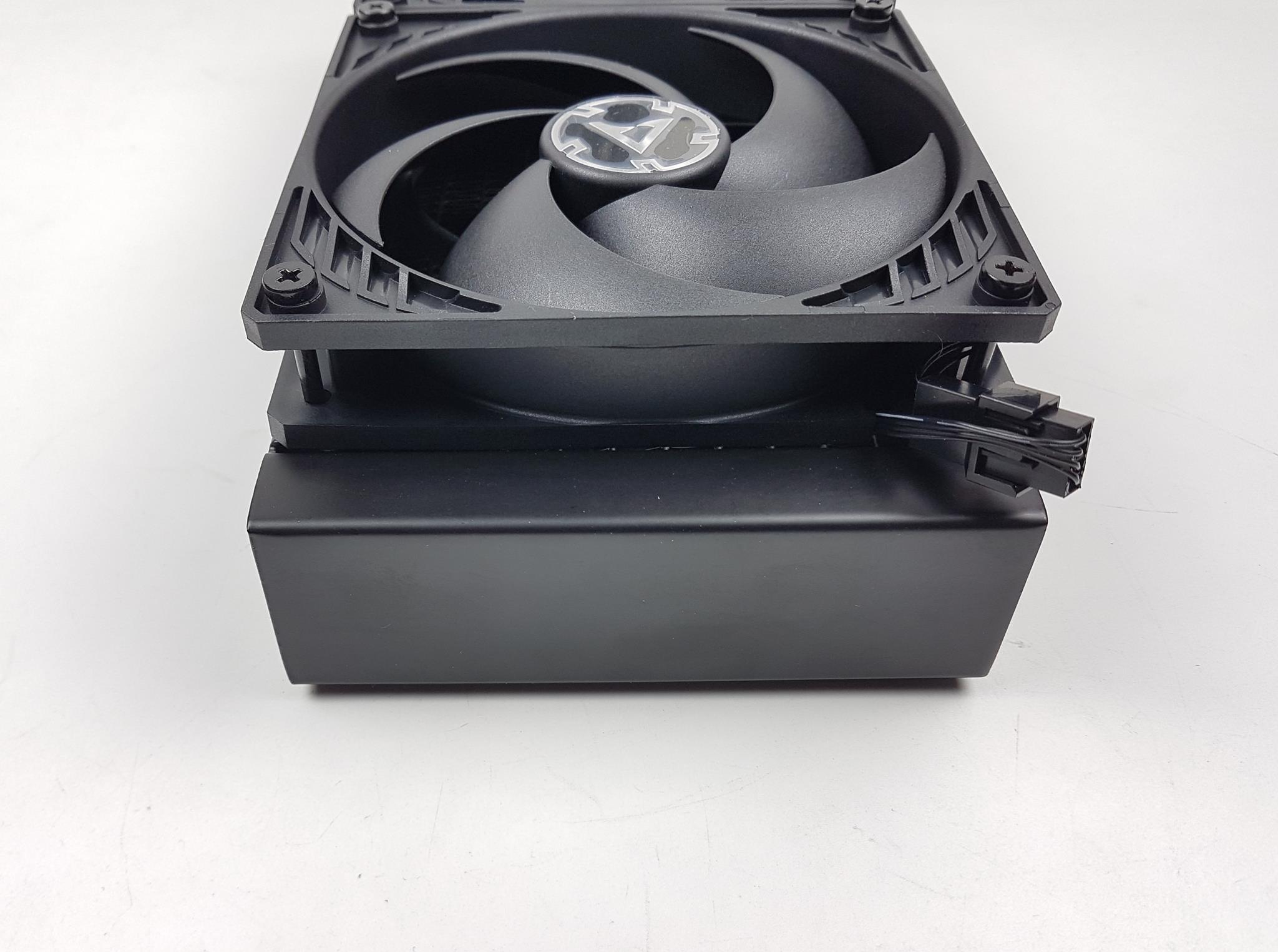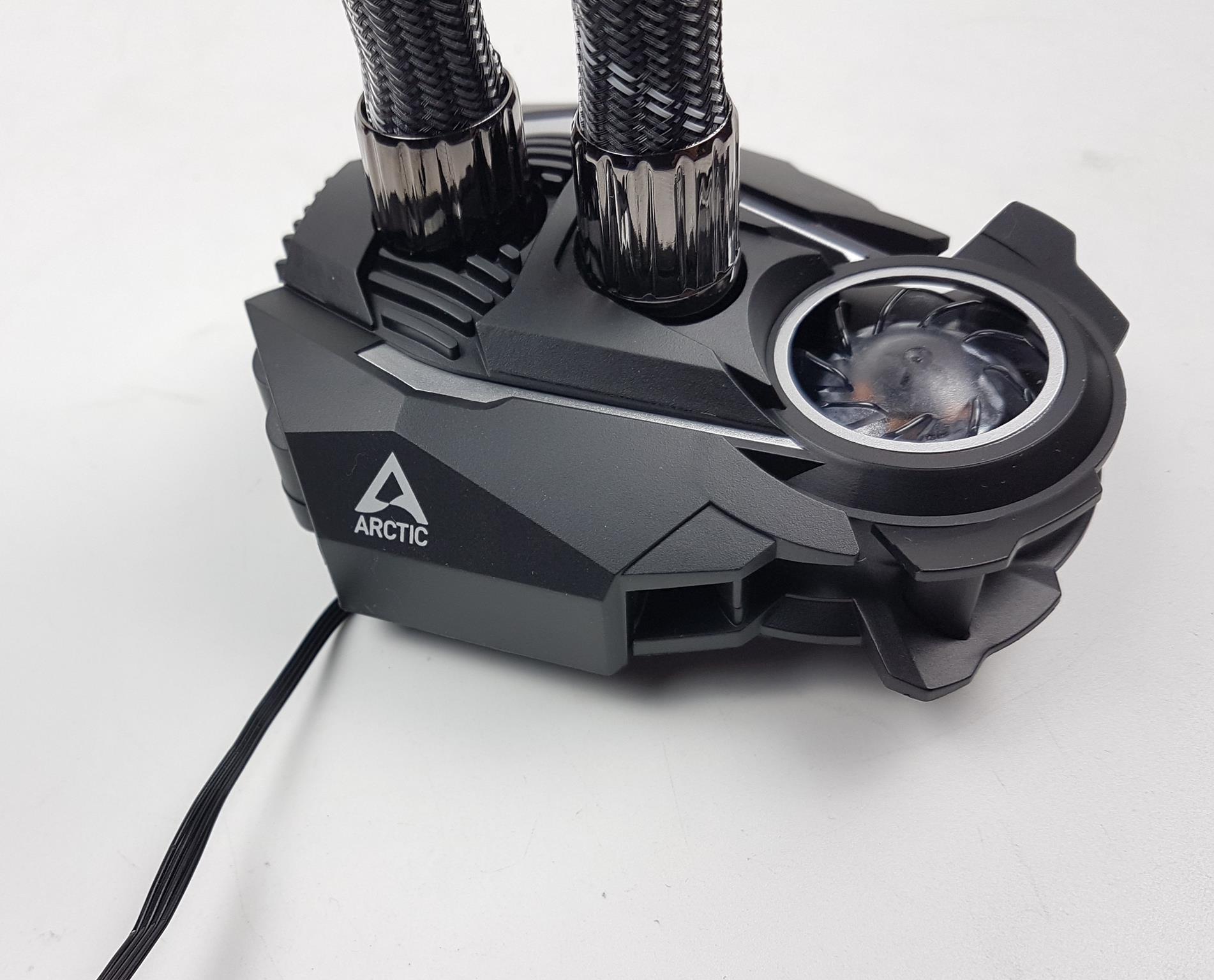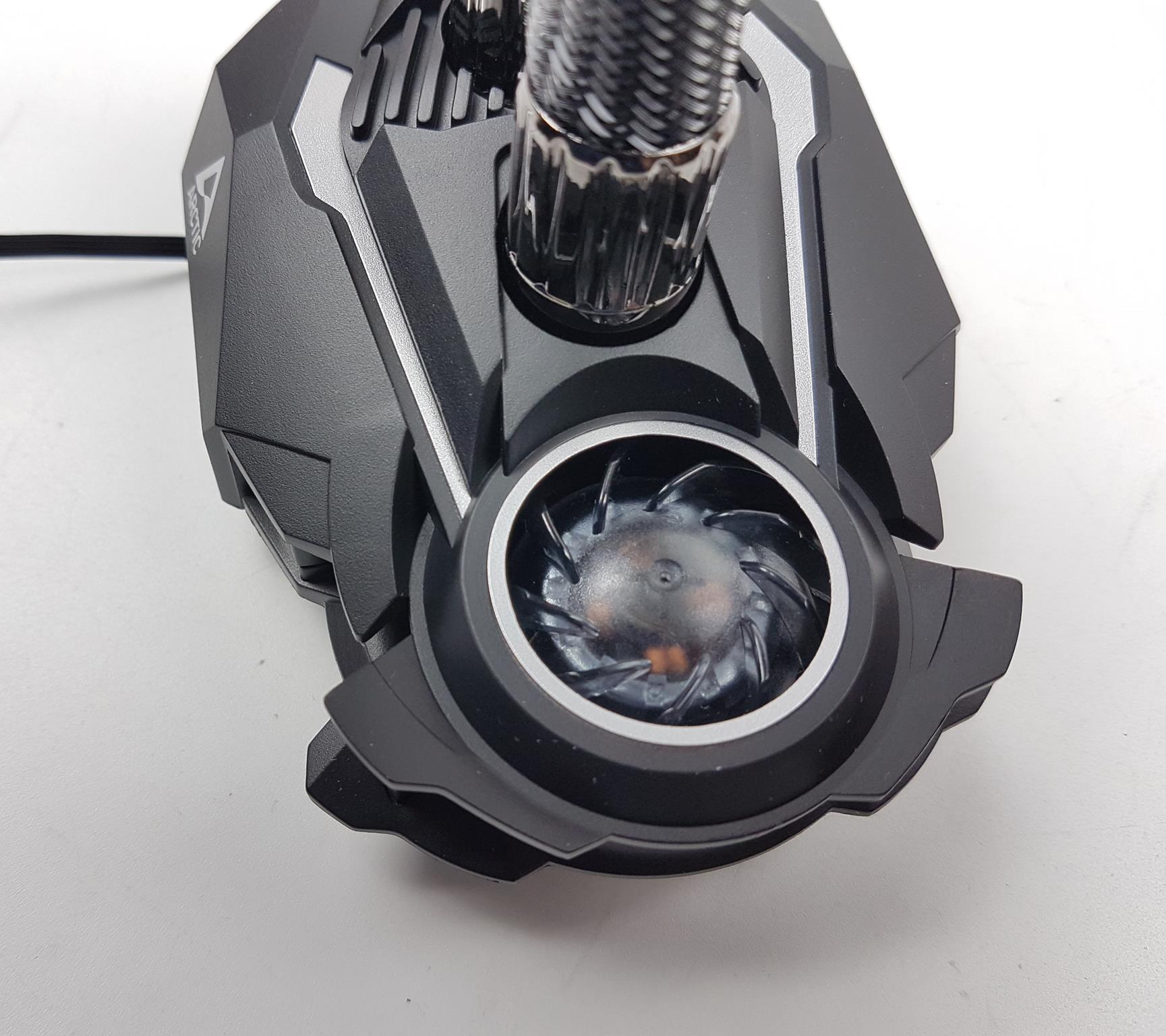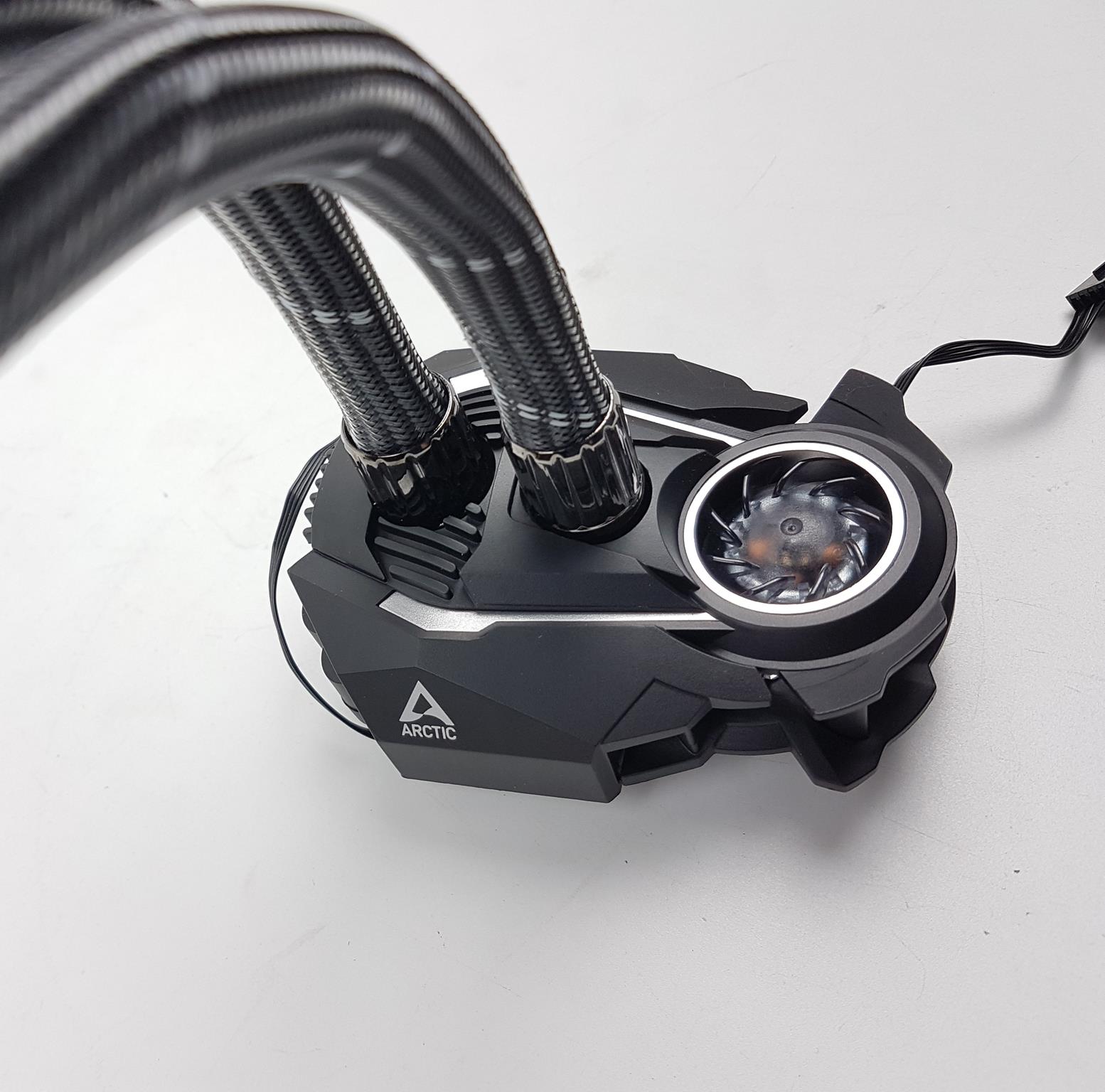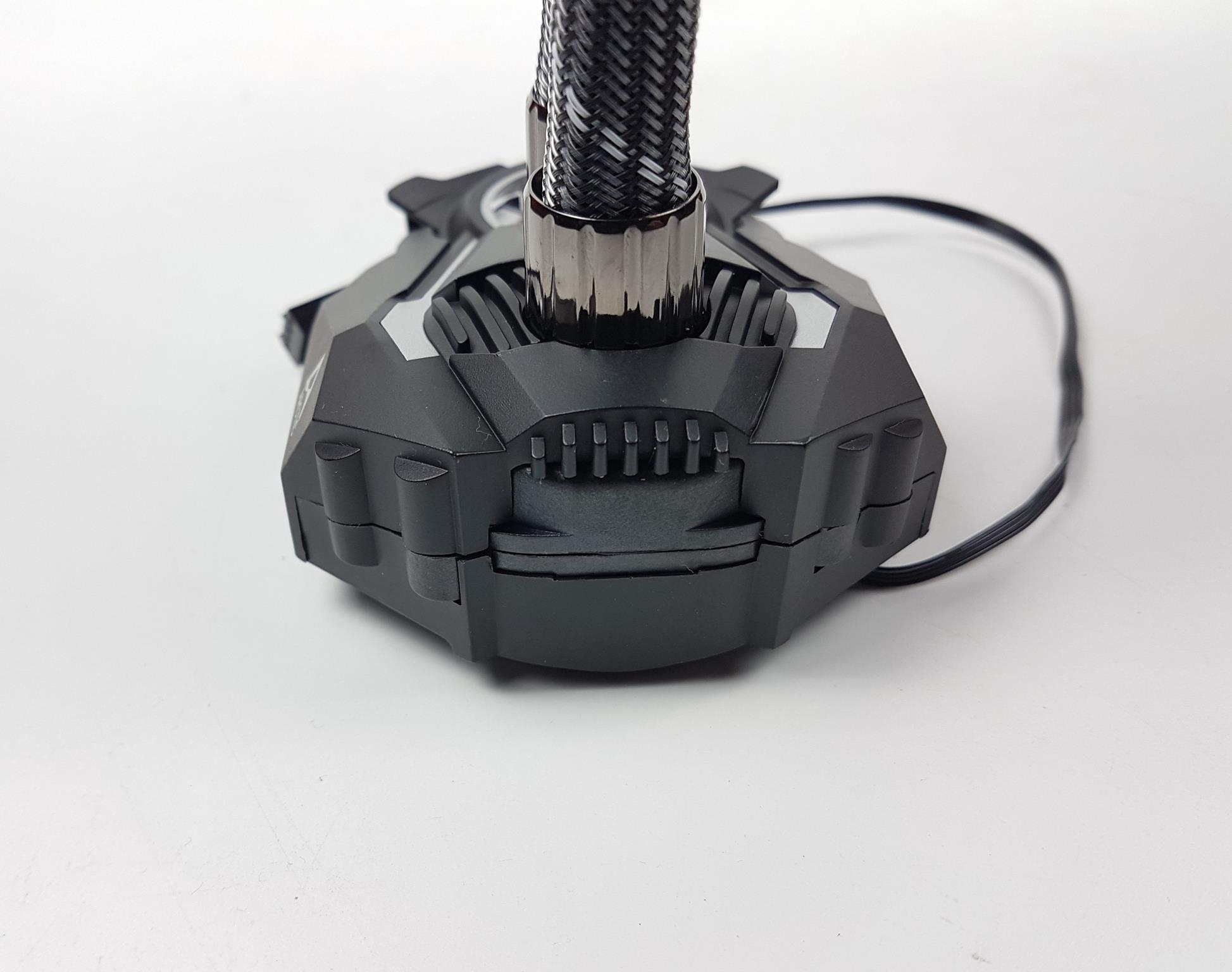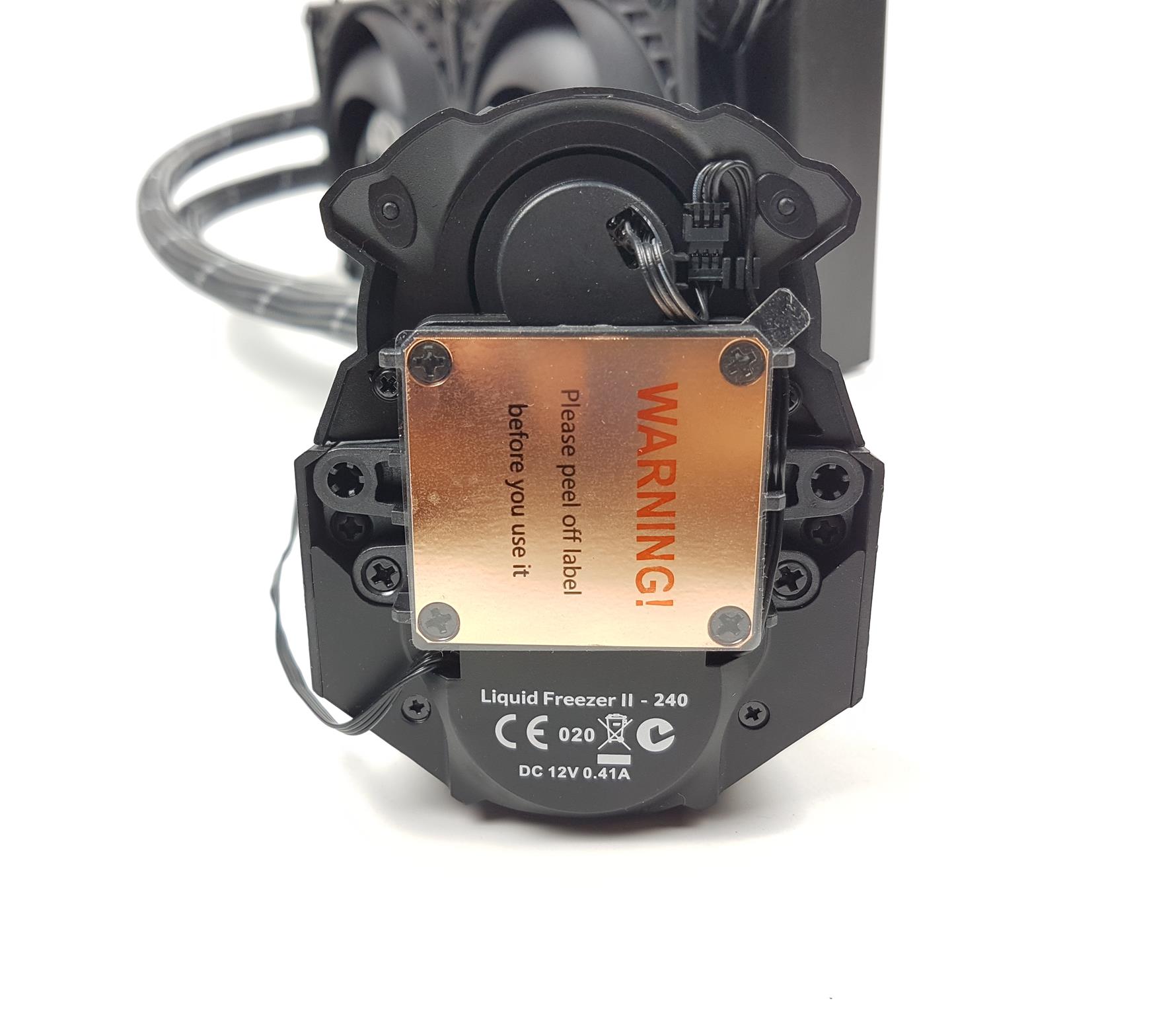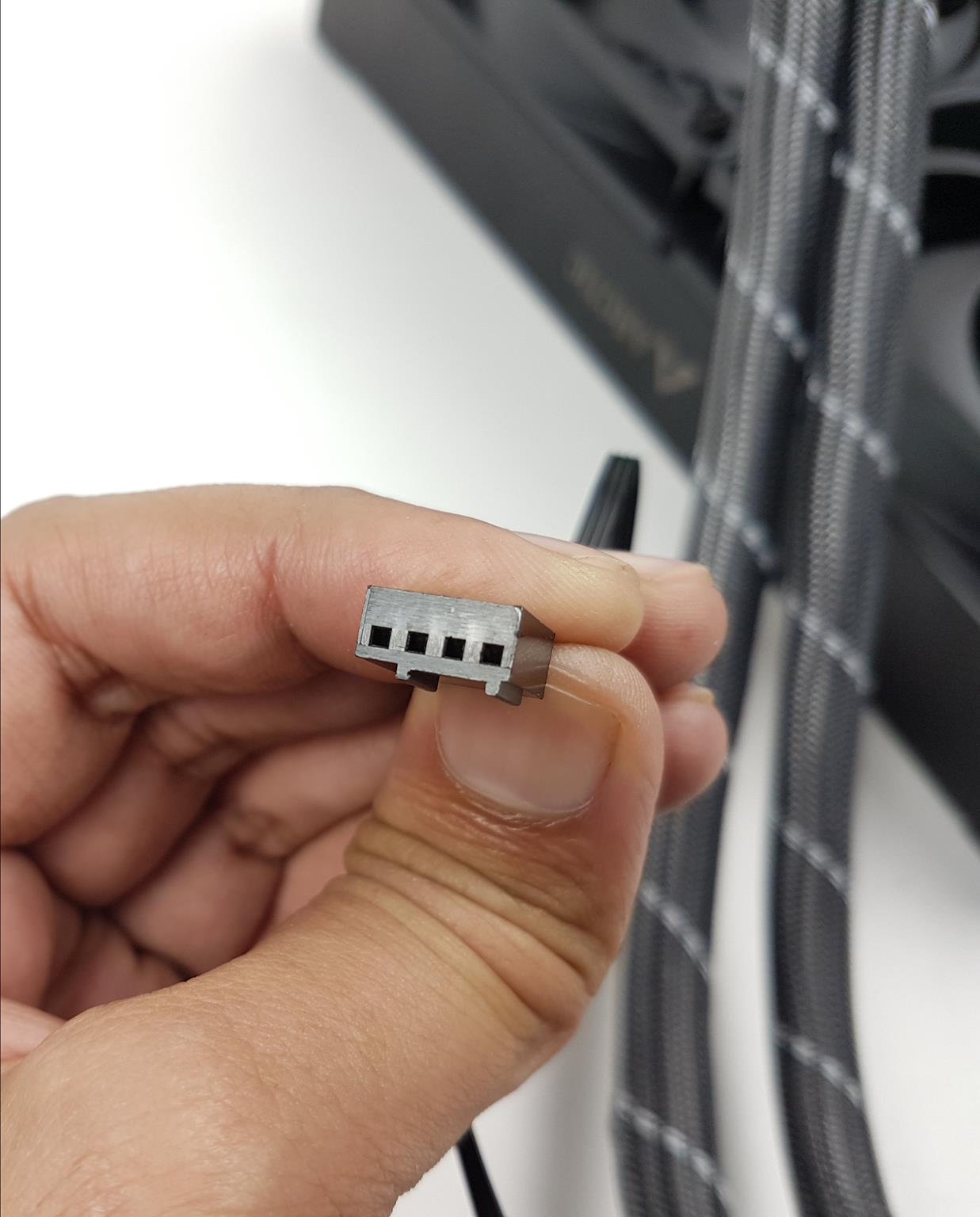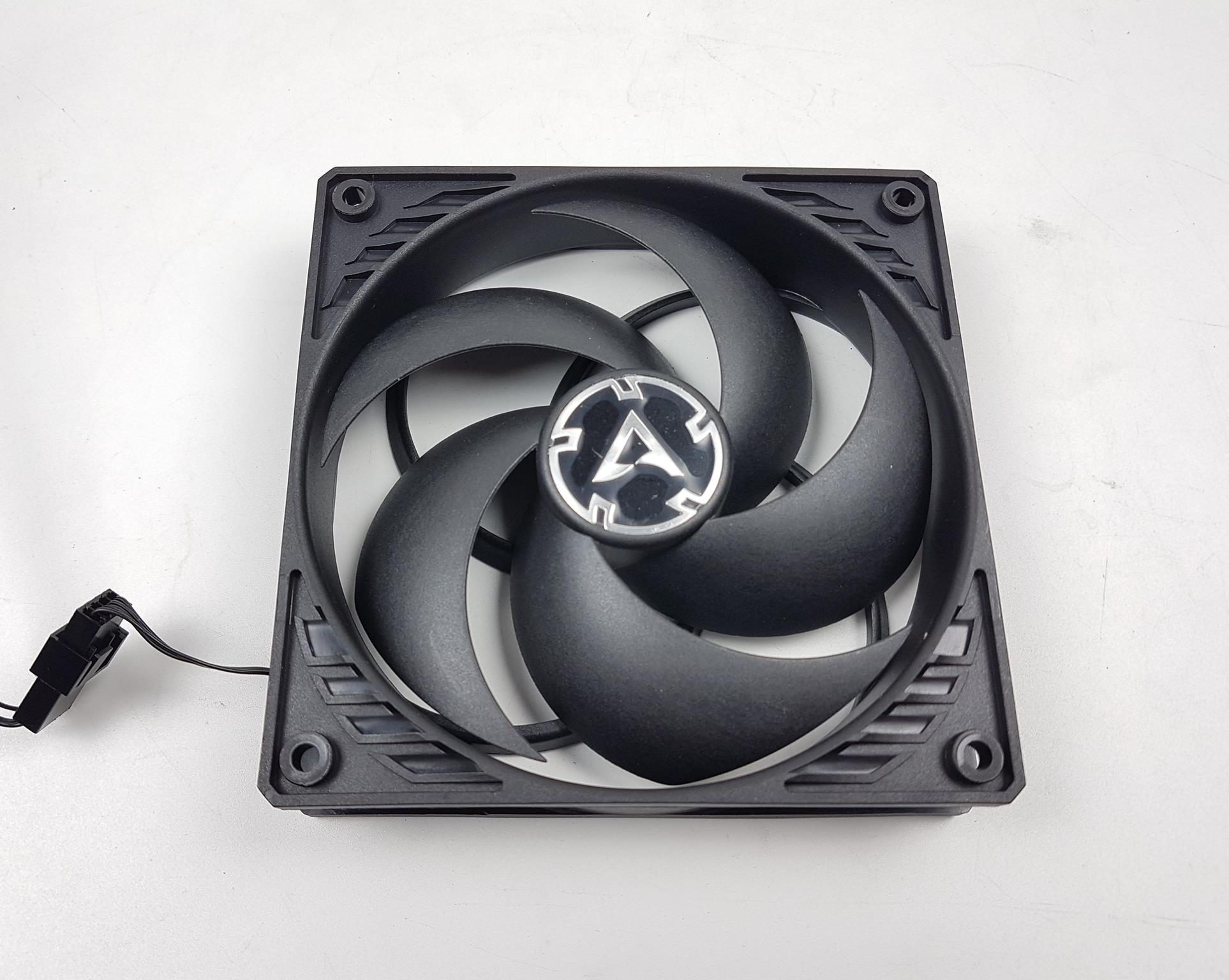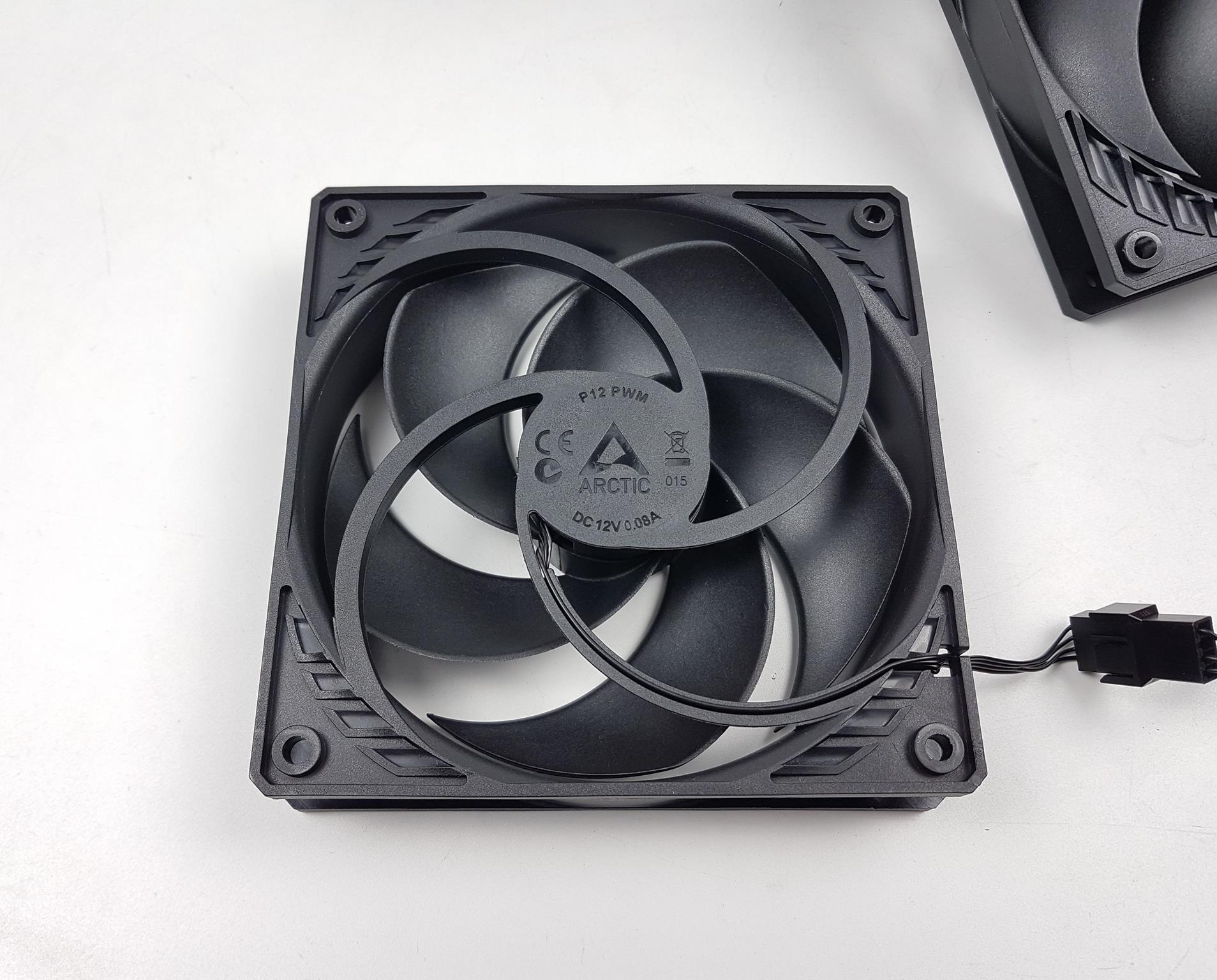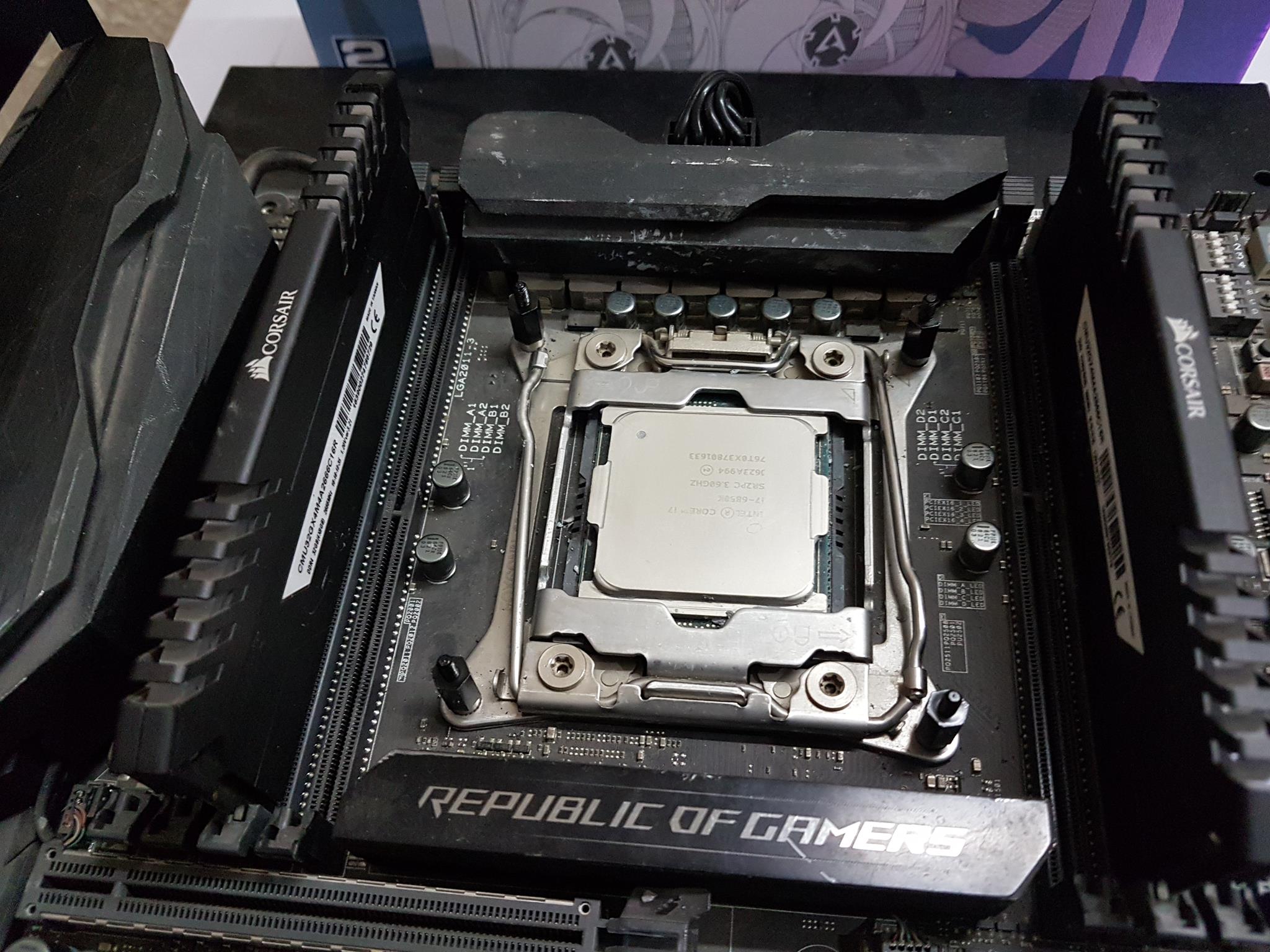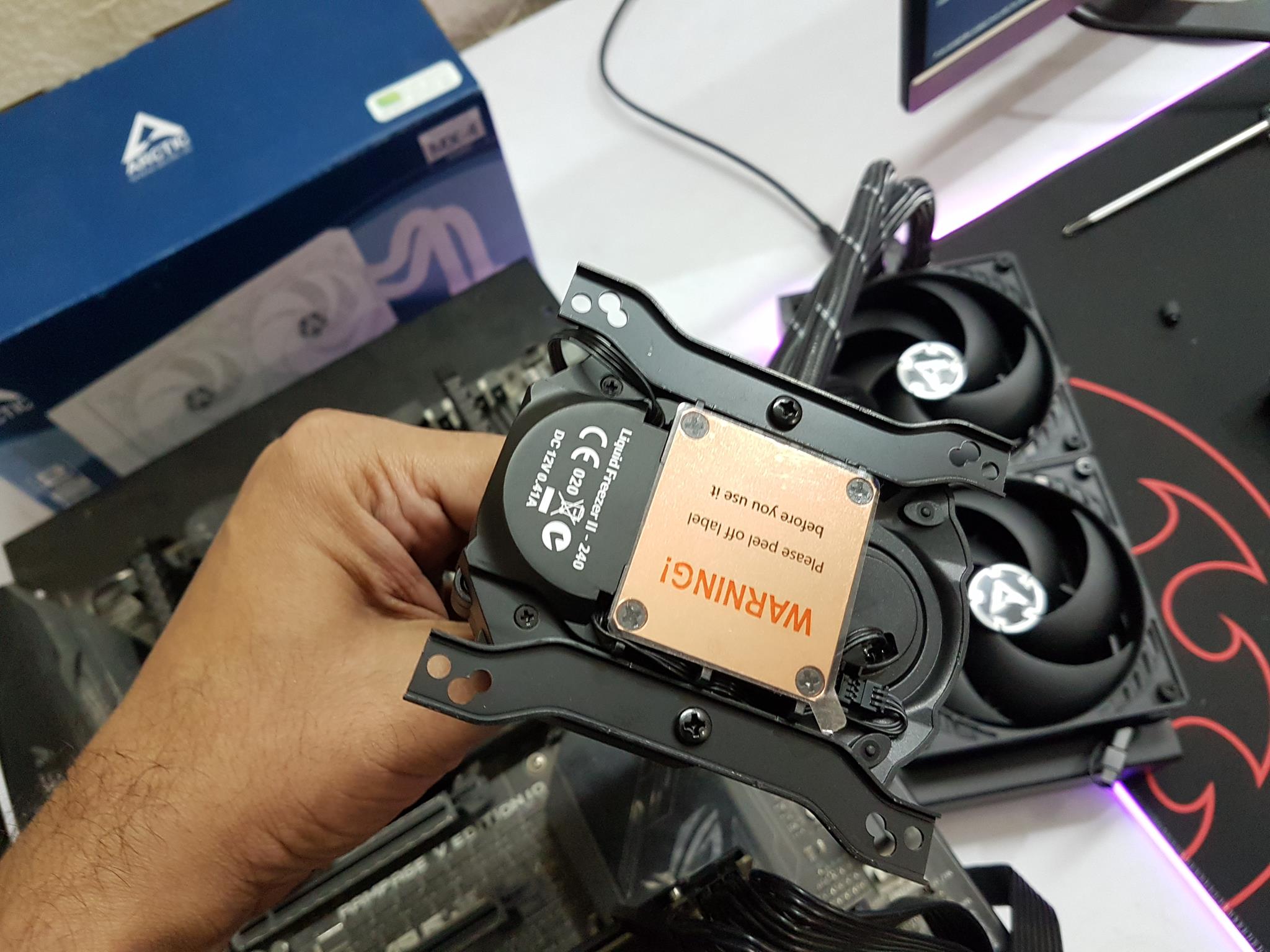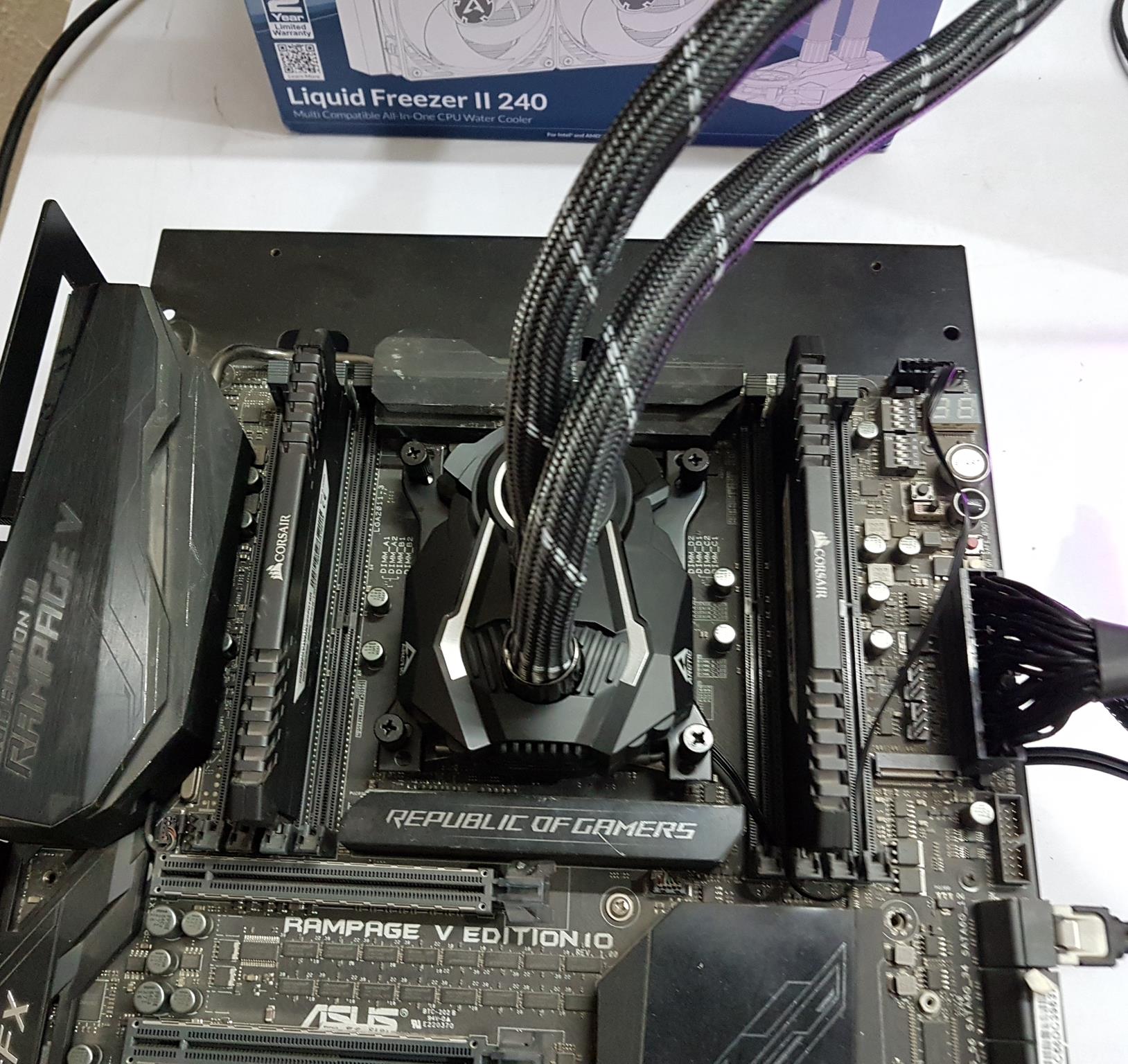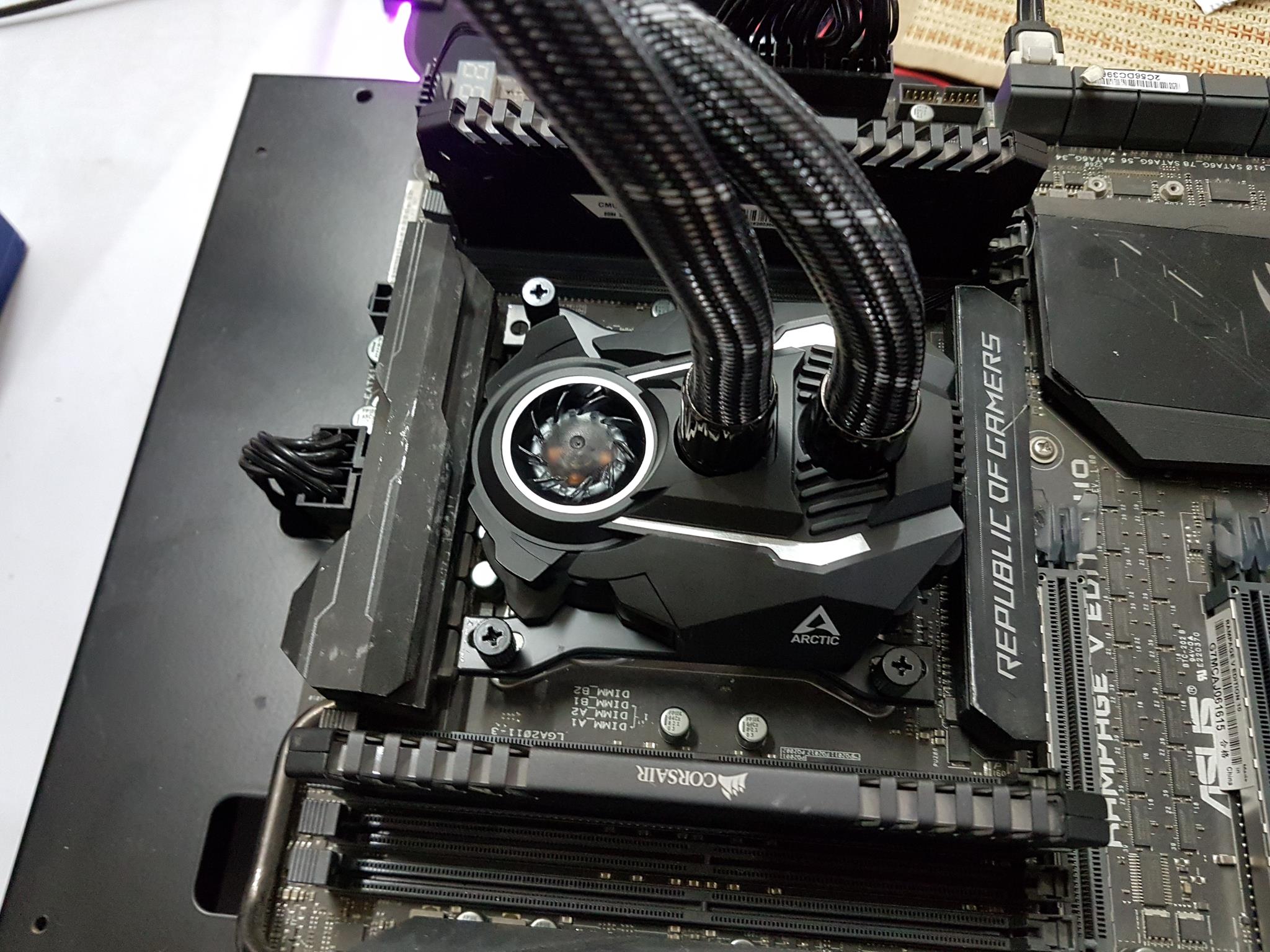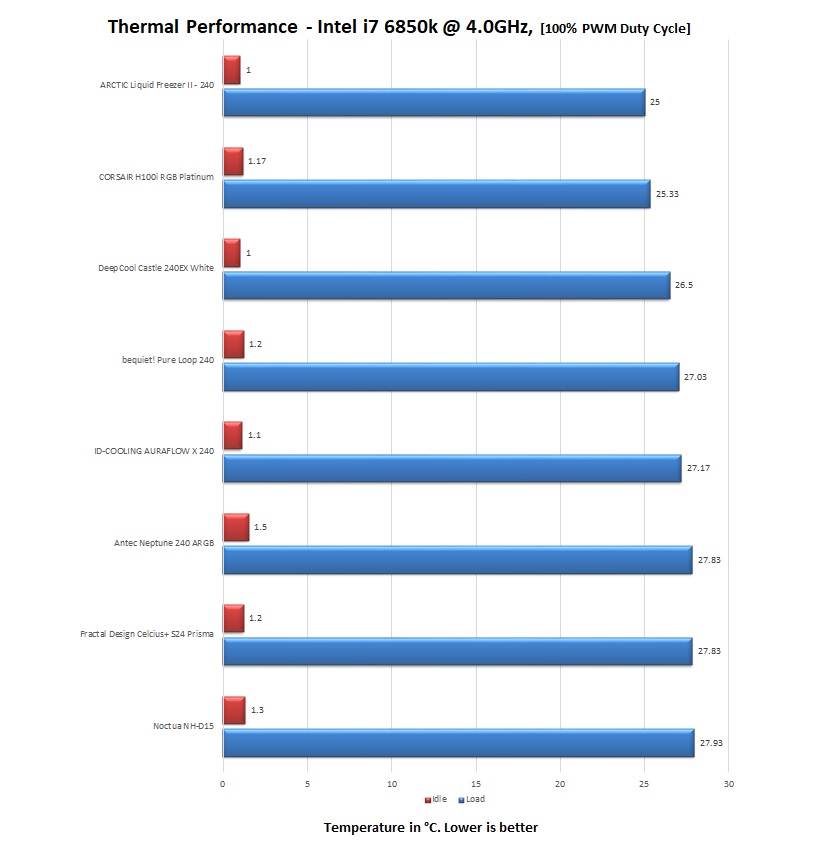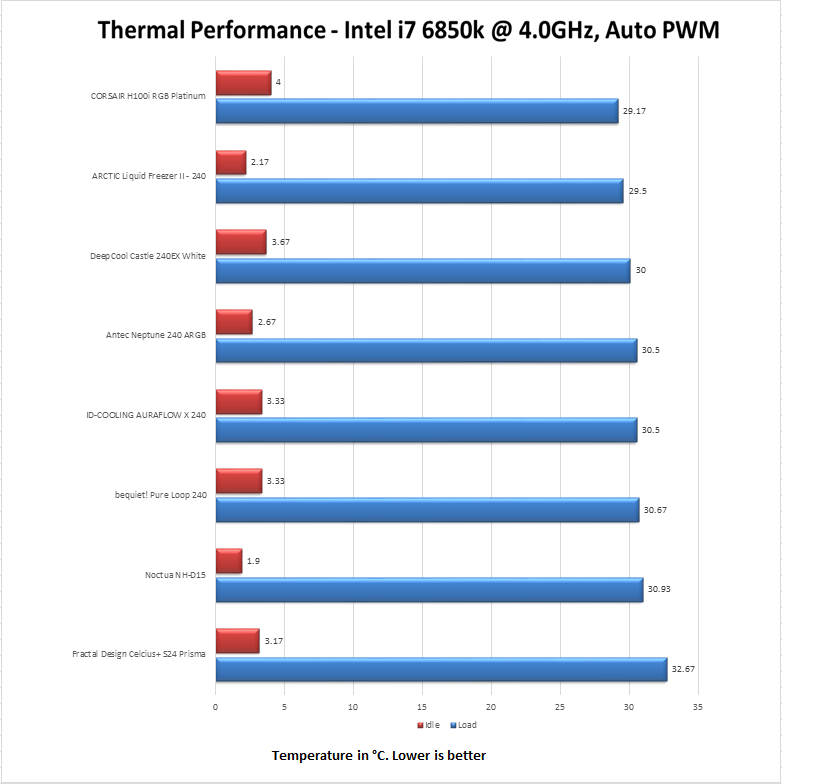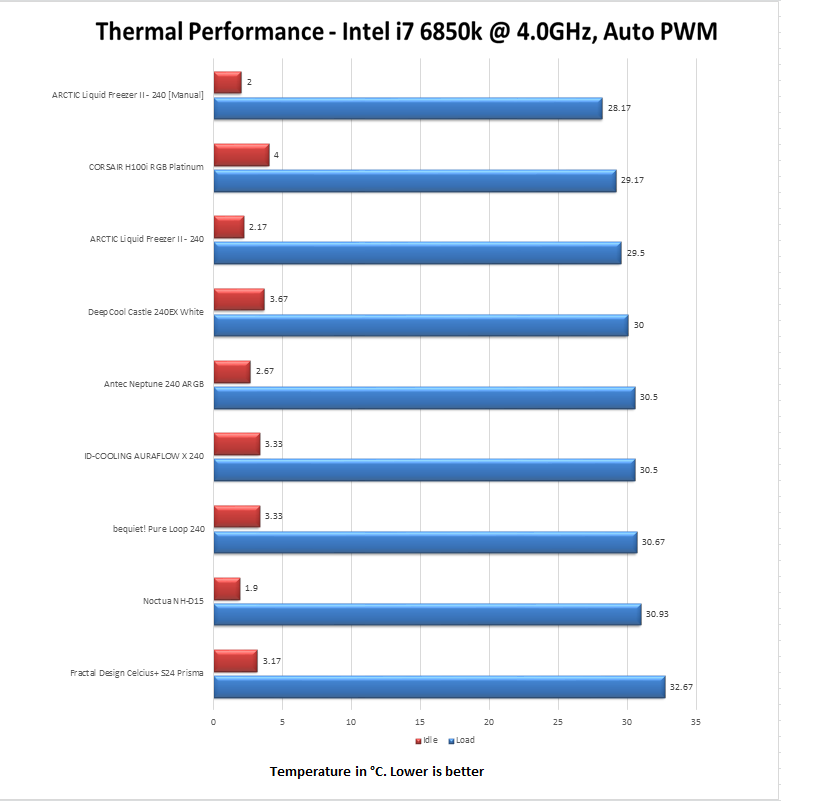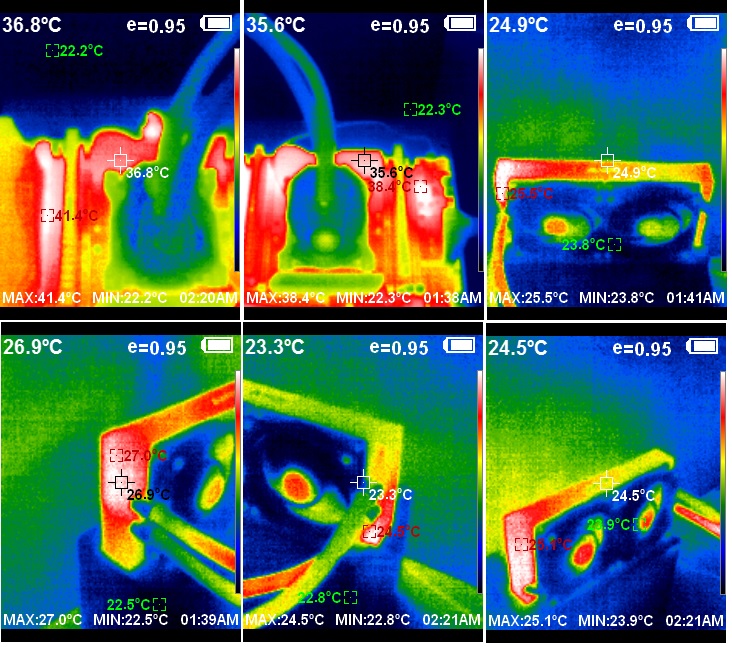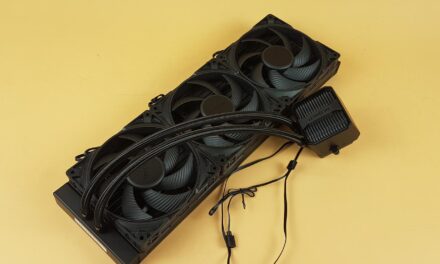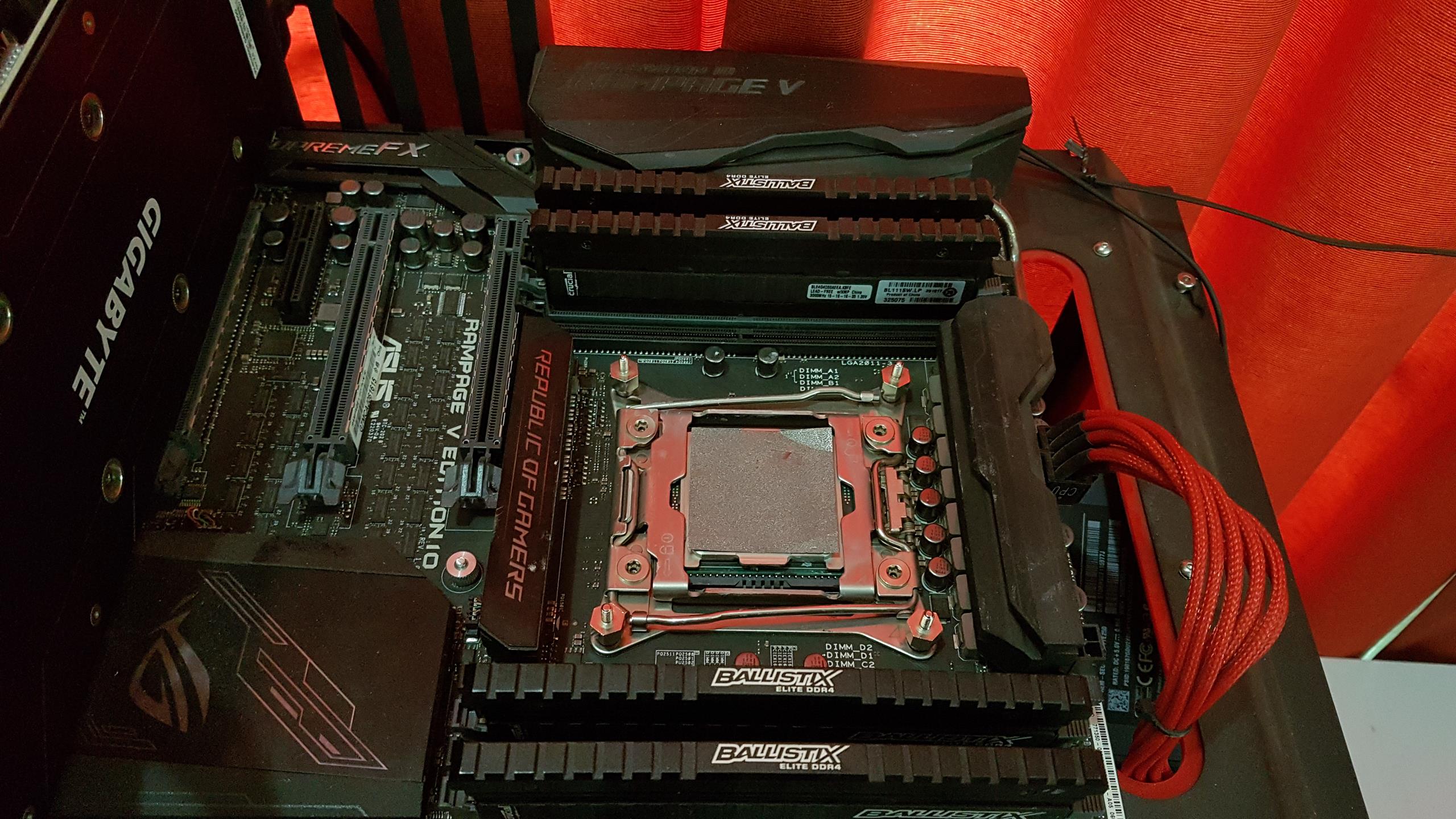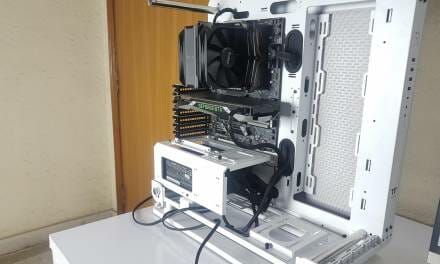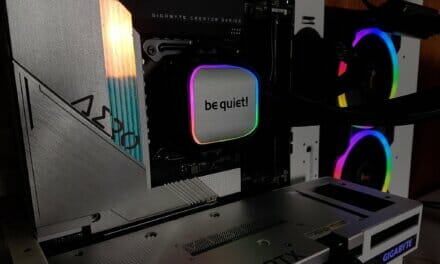
ARCTIC Liquid Freezer II – 240 Cooler Review
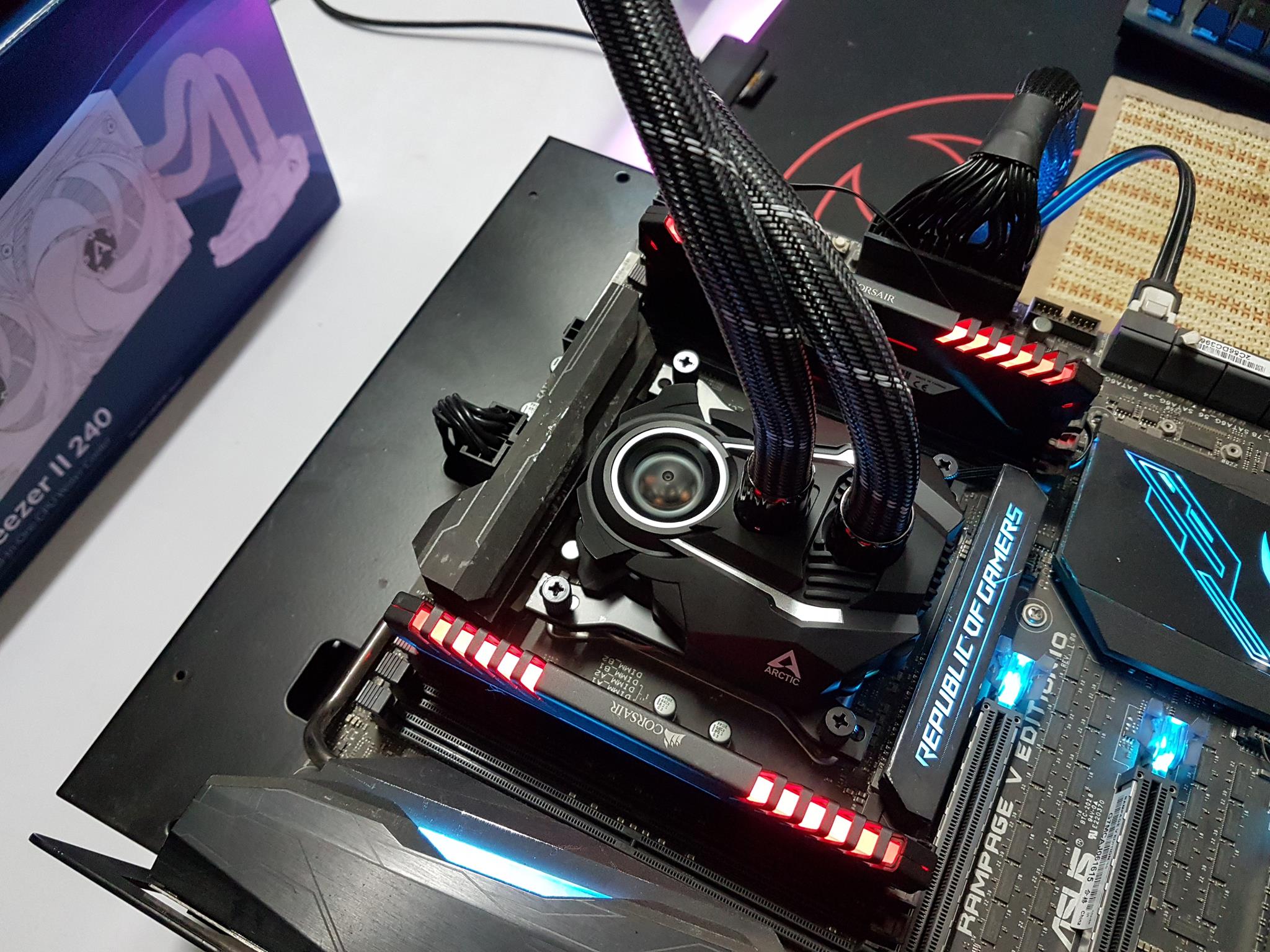
Introduction
If you know about the world-famous MX-4 then you already know of ARCTIC! They started in 2001 with the name ARCTIC Cooling and has evolved into a much more popular and reliable cooling solution provider now known as ARCTIC. Their bases of operation are in Switzerland, Germany, Hong Kong, and the USA with the availability of their products in over 45 countries. Quiet cooling without performance compromise is their motto. Their product lines include CPU Coolers, Case Fans, Thermal Pastes, Charging solutions, Audio solutions, and monitor stands to name a few.
We recently did a round-up content on the high-end air coolers. It was quite a success and based on the community’s feedback we are planning another round-up content. This time the round-up content is on the best 240mm AIO coolers. We have chosen this size of the liquid cooler as it is still the most commonly used size in the liquid cooler category out of other available sizes which are 120mm, 280mm, and 360mm. We have reached out the over 30 brands and set ourselves a minimum of 15 coolers for the test. We are nearing our mark as the deliveries have started. We reached out to ARCTIC and they have joined with their Liquid Freezer – II cooler.
We are taking a spin on ARCTIC Liquid Freezer – II CLC. They have recently released the 420mm version of this cooler. This cooler features a neutral look to my personal liking and features a uniquely designed pump housing, a VRM cooling 40mm fan, and a 38mm radiator powered by their popular P fans. No, there is no RGB backlit lighting on this cooler anywhere and we literally have a stealth look on this unit except the tubes which have textured sleeves. Another salient feature is a single PWM cable controlling all the fans and the pump. The cable management on the radiator fans is too good and the way they have routed the cable inside the tube sleeve is too good an implementation. This is the second cooler doing that on our test bench after the Fractal Design Celcius+ S24 Prisma cooler. The cooler is compatible with Intel LGA 1200/115x/2066/2011(-3) Square ILM sockets and AM4 socket in the AMD camp.
Product: Liquid Freezer – II
Manufacturer: ARCTIC
Price:
| Listed Price | Buying Links |
| US $99.90 | AMAZON |
| €79.99 | SCAN UK |
The prices are taken at the time of the review.
Specifications
Packing and Unboxing
The product is shipped inside a cardboard box in a blue color scheme. One noticeable difference is the relatively small size of the packing box as compared to the other coolers’ packing boxes.
We have a picture of the cooler along with its model printed. The obviously highlighted feature is the inclusion of the MX4 thermal paste with the cooler. MX-4 is quite a popular thermal paste among PC enthusiasts and it is good to see ARCTIC providing their high-performing TIM with the cooler. The cooler comes with a 2-year warranty which is relatively on the low side of the equation as we are seeing a minimum of 3 years of warranty on the other coolers included in the up-coming round-up content.
The features highlight of the cooler are:
- In-House developed PWM pump
- Integrated Cable Management
- Performance Series P Fans
- VRM Cooling solution included
- MX-4 Thermal Paste
The features are highlighted using the pictures.
The specifications of the cooler are printed in tabular format. The contents of the box are printed on the bottom. The dimensions of the cooler are also printed.
So, we don’t have egged carton as is the standard of shipping for the CPU liquid coolers. This explains why the packing box is small in size. The white color box has the accessories. The pump housing is enclosed inside a small size cardboard box. The radiator with pre-installed fans is below these two boxes. As simple as it can get!
Contents
Let’s take a look at what is provided in the box.
There is no user guide provided in the box. ARCTIC has a different approach when it comes to the user guide. They have a detailed guide on their website in an animated format. There is a scanning label that will take the user to the guide’s page on the website. So, make sure you have an active internet connection for that.
We have:
- 1x Backplate
- 2x Mounting Brackets
- 8x Rubber Washers
- 1x 0.8g MX-4 Thermal Paste
We have:
- 4x Thumb Nuts
- 4x Intel LGA-20xx Standoffs
- 4x Other sockets Standoffs
- 8x Washers
- 4x Intel Long Screws
- 2x Long Screws for the Mounting Brackets
- 8x Radiator Screws
- 8x Fans Screws
Closer Look
It is time to take a closer look at the components. Before that here is what ARCTIC is saying about the cooler. “At ARCTIC, we are proud of our completely new all-in-one CPU water cooler series. For the Liquid Freezer II Series, we have used our experience in CPU water cooling to develop a completely new compact water cooling pump. The new pump of the Liquid Freezer II Series ensures an ideal ratio of high CPU cooling performance to low noise levels. The CPU AiO water cooler has integrated cable management within fully sleeved tubes for a clean look in your PC’s case. Our powerful P-fans provide a fast heat transfer thanks to their high static pressure and outstanding performance.”
RADIATOR
The ARCTIC Liquid Freezer II – 240 is a 240mm CLC cooling solution. It has a 240mm radiator with 2x P 120mm High-Performance fans. The fans are pre-installed on the radiator and we can see why. Since the cable management is integrated into the unit, they have already done the cable management from the factory. The 4-pin PWM cables on the fans have a short length as per the cable management requirement on the radiator.
The dimension of the radiator is 277 x 120 x 38mm. The thickness of the radiator is 38mm. With 25mm fans, the overall thickness would be 63mm. The total thickness would be near 64mm including the heads of the mounting screws. The radiator has a 14 fins per inch one (FPI). There is a gap of 105mm between any two fan mounting holes on the radiator. The assembly is in the black color finish with a better build quality. We have taken the pre-installed fans off to show the radiator itself.
The radiator is made of aluminum hence it is lightweight. This is ARCTIC’s own design. The blocks on both ends of the radiator are rectangular. The fin stack is not dense with 14 FPI and taking into account the left and right side channels, it has a total of 12 channels for water flow.
There is no protective plating under each mounting hole to prevent damage to the fins from excessive screwing. Take a note of that and it is suggested to use the bundled long screws only for the installation of the fan. On a side note, you would not need to do anything as long as you are using the cooler in the factory’s shipped state with fans already installed on the radiator.
There is an ARTIC branding in silver on the sides of the radiator housing.
The far block has a rectangular design with sharp-looking edges though they are not sharp. There is no sticker pasted here.
The tubes are installed using straight barbs in aluminum covers to give one clean look at the fittings point.
The ARCTIC is using fiber-reinforced, long EPDM rubber tubes. These tubes run to approximately 450mm in length which is more than enough for any situational requirement. The sleeving is in a bit of gray shade with a white lining. The tubes are designed to reduce the coolant evaporation. The tubes have an ID/OD measurements of 12.4/6.0mm.
There is a flat 4-pin PWM cable that is integrated into the tube under the sleeve. This cable is powering both P fans and is internally connected to the PWM header in the pump housing.
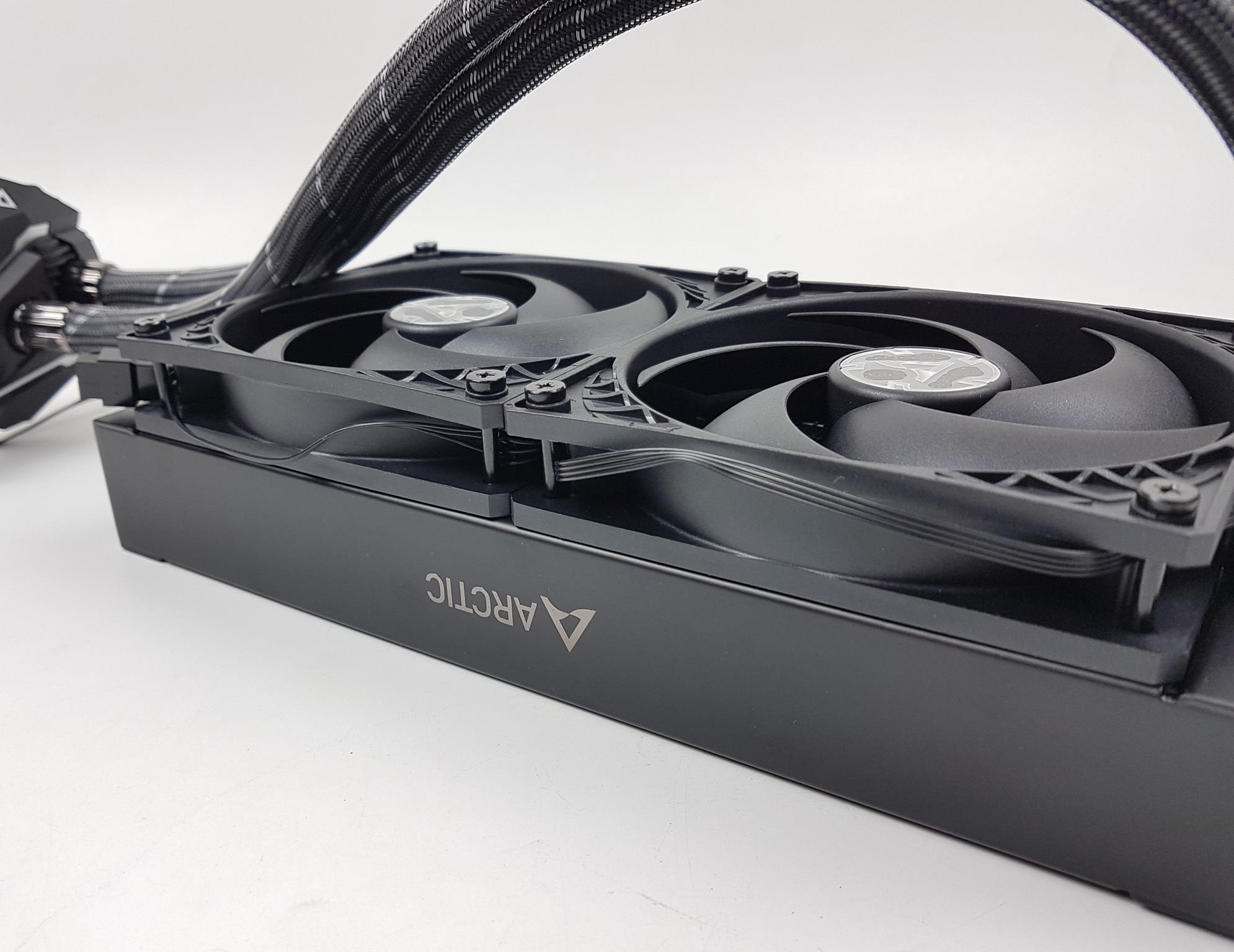
The above picture shows the routing of the fans’ cables out of the box. The cables have a shorter length and are well routed to give a clean look. Both fans are daisy-chained.
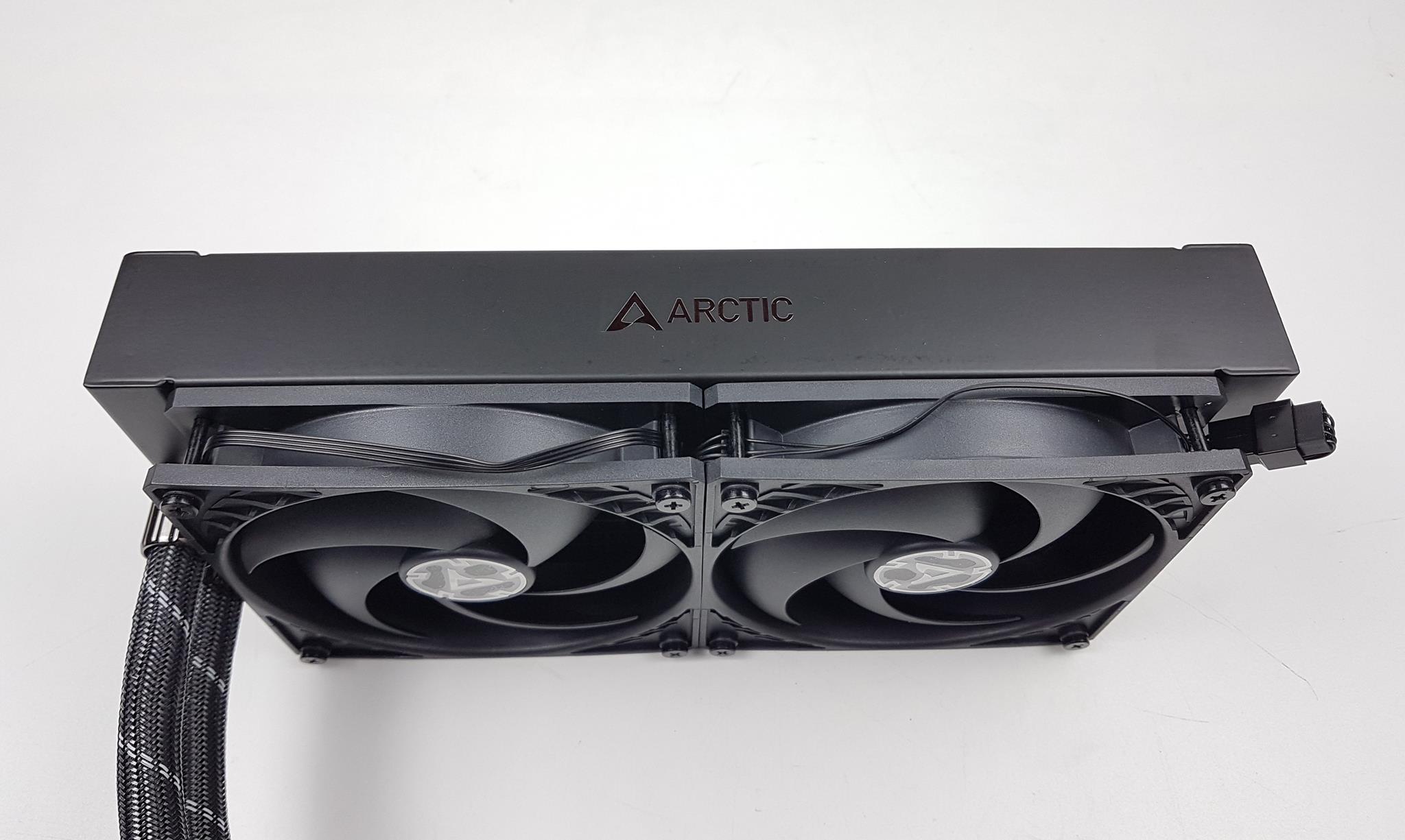
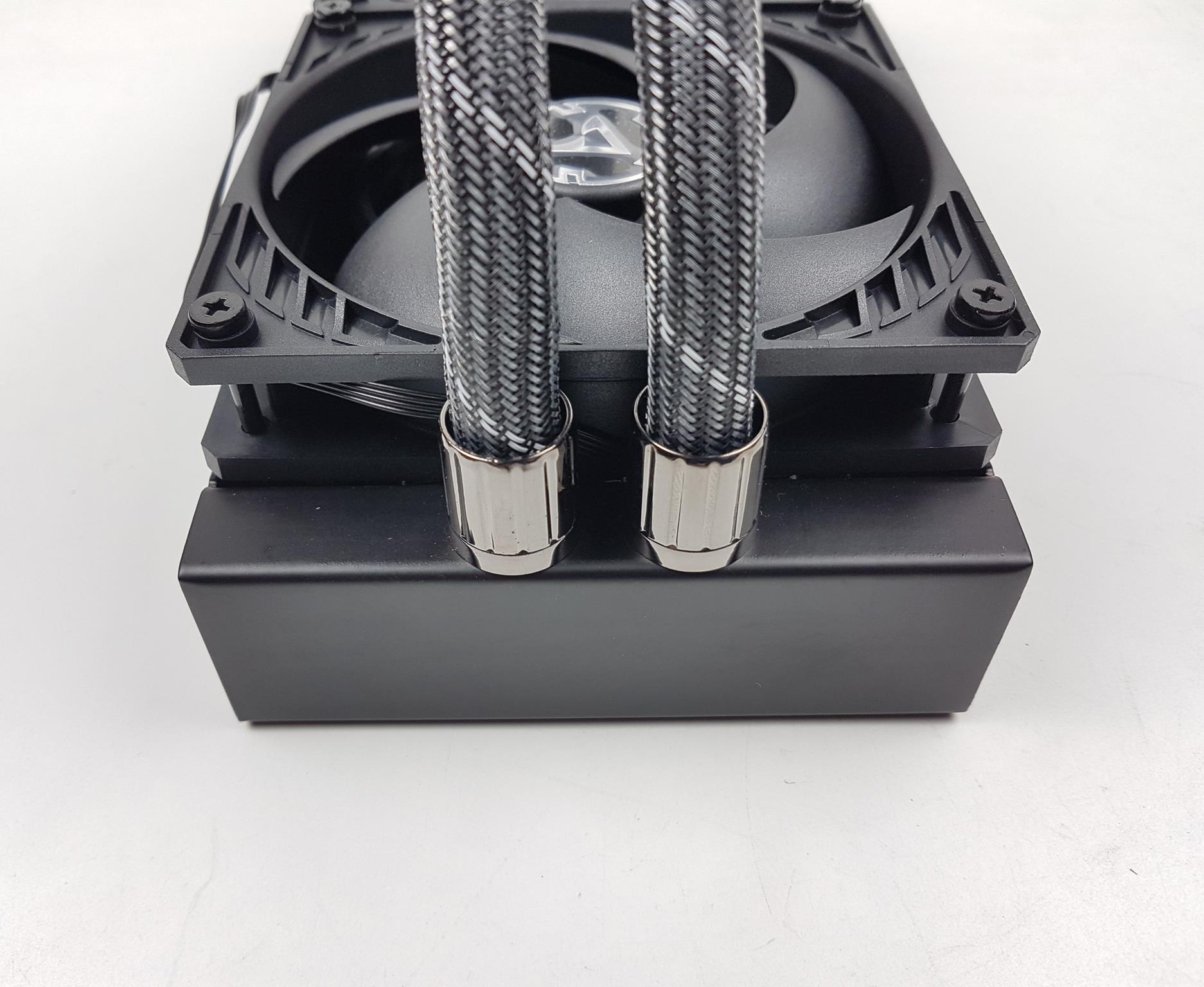
The above pictures show the cooler out of the box from various angles.
Pump/Block
The design of the pump housing/block is altogether a different story here. This is something I have not seen on any other cooler in the market in my experience so far. We have a sort of space ship designed housing with more length to it. We have aggressive looks on the block which may not appeal to some users but I have no complaints at all.
The front side of the pump housing has a 40mm PWM fan for active VRM cooling. This is the second AIO in my experience featuring a small size fan in the pump housing for active VRM cooling. The first one was ASUS ROG RYUJIN coolers. The problem with the small size fans is their loud noise under full load. The VRM fan in the ASUS cooler was very loud at full speed and we would need their software to control the speed. ARCTIC is optimistic about this 40mm fan’s performance. Here is what they are saying, “Small fans have a reputation for being particularly loud and not very durable. However, we have developed a quiet and durable diagonal fan especially for the Liquid Freezer II, and are 100% convinced that this 40 mm fan is just as durable as our other case fans. In the unlikely event that it should fail, our customer service team will send you a replacement free of charge and easily, without a need to replace the entire unit.”
In continuation of the above unit, “The fan is PWM-controlled and can cool your voltage transformers and the base area almost inaudibly by up to 15°C. This is especially effective in overclocking scenarios, inadequate VRM cooling, or in housings with poor airflow, thus permitting continuously high loads. If sufficient VRM cooling is available, it can be switched off at will.”
Switching off the 40mm fan is not a convenient task as one would need to access the base section of the pump housing to disconnect the small cable powering this fan. This would mean we need to take off the block from the CPU socket to complete this task.
Here are the specifications of the VRM fan:
| Speed | 1000~3000 RPM |
| Control | PWM |
| Size | 40mm |
There is an ARCTIC branding on both sides of the block. The pump is ARCTIC’s own design. Good thing is that the Pump is PWM controlled. This would reduce humming and improve efficiency as the pump will draw power as per the load. This would also reduce the noise level. The power consumption is a maximum of 0.8 W at no load, 2.3 W under typical load, and a maximum of 4.3 W under full load for the entire cooler. Here are the specifications of the pump:
| Speed | 800~2000 RPM |
| Control | PWM |
| Power Consumption | 0.5 ~ 2.7W [Pump+VRM Fan] |
This is the rear or backside of the block. Tell me if I am wrong in calling this block mimicking a space ship! The tubes are installed on the straight barbs and we have the same aluminum clamps covering the tubes.
The base of the block has a copper cold plate measuring 39x43mm. It is relatively a small size base as compared to the other coolers. The model of the cooler is printed in white at the base. There is a 4-pin PWM cable coming out from the base of the block. There are two cables connected on the top left side. This is powering the VRM fan on the block. Disconnect these cables to power off the VRM fan on the block. There is a protective sheet pasted on the block. Take it off before installing the block. ARCTIC is using Micro-Skived fins on the cold plate for effective heat dissipation.
The 4-pin PWM cable has an approximate length of 242mm. This is the only cable that is available to the user and it is to be connected to the 4-pin PWM fan header preferably the CPU fan header. This single cable is handling the PWM functions of the P fans, pump itself, and the 40mm VRM fan.
FAN
ARCTIC has provided two P 12 fans with the Liquid Freezer II – 240. We have a black color frame of the fans. Each fan has specially designed 5 blades designed and optimized for high performance with low noise operation. There is an ARCTIC branding in the center. There is no anti-vibration pad on any mounting corner. The frame of the fan is quite sturdy.
The backside of the fan shows the 4-arms assembly on the mainframe. The cables are routed on one arm towards the exterior of the fan. There is an ARCTIC branding on the sticker in the center. Check the shorter cable length of the fan!
The specification of the fans are:
| Dimension | 120x120x25mm |
| Type | 4-pin PWM Connector |
| Speed | 200~1800 RPM |
| Airflow | 55.6 CFM |
| Air Pressure | 2.2 mmH₂O |
| Noise | 0.3 sonne |
| Bearing Type | Fluid Dynamic Bearing |
| Lifespan | 80000 hours at 25°C ambient |
| Input Voltage | 12VDC |
| Input Current | 0.08A |
| Input Power | 0.96W |
Installation
We have tested the cooler on the X99 platform using the Intel LGA2011-3 socket. Installation is simple and as under:
Install the Intel LGA20xx standoffs.
Install the Intel mounting brackets on the standoffs using 2x screws.
Apply the thermal paste on the CPU. Peel off the protective cover from the base of the block. Place the block on the CPU by aligning the pre-mounted screws to the holes on the mounting brackets. The VRM fan is preferred to be on the top near the VRM areas for effective cooling. Use the thumb nuts to secure the block on the socket.
Connect the 4-pin PWM cable coming out of the block to the 4-pin PWM fan header preferably the CPU fan header on the motherboard.
There is no clearance issue with respect to the DIMM slots and first PCIe slot. Make sure your chassis has clearance for 240mm radiator with 64mm clearance for the thickness of the unit.
Testing Methodology
Following test benches have been used: –
- Asus Rampage V Edition 10
- Intel i7 6850k
- CORSAIR VENGEANCE RED 16GB @ 2666MHz
- Colorful GeForce GTX 1050Ti Vulkan
- Samsung 840 EVO 250GB SSD
- Cooler Master MWE 650W Gold
- Custom open-air test bench
The software used for testing and monitoring include:
- Asus Real Bench v 2.56 (Intel)
- Real Temp GT v 3.70 (Intel)
Here is the settings table for testing:
| OC Clock (MHz) | 4000 |
| OC Voltage (V) | 1.21 |
| Turbo Boost | Disabled |
| C-States | Disabled |
| Speed Step | Disabled |
| Thermal Paste | Noctua NT-H1 |
| Test Run Time | 60 minutes |
| Idling Time | 15 minutes |
| Fan Speed | Tested using Integrated Hub on the radiator at Auto/PWM
Manually set to run at 100% speed. Auto PWM using CPU Fan Header |
| Pump Speed | Connected to the AIO Pump header to run at 100% speed |
We are using Noctua NT-H1 thermal paste for coolers testing. Using the same thermal paste for all coolers would ensure standardization. Delta temperatures are reported on the graphs. The testing is done on an open-air bench system. Once inside the chassis, the temperatures are expected to rise and would largely depend upon the optimal airflow inside the chassis.
Not every run of the stress test may yield the same result. This could well be due to many factors like mounting pressure, thermal paste application, varying ambient temperature. Not to mention the silicon differences even among the same category of the chips. Hence, it is pertinent to mention the testing methodology along with the specifics.
Results
100% PWM Duty Cycle
Auto PWM
The ARCTIC Liquid Freezer II – 240 has performed excellently on our test bench. Here are some of the observations from the testing:
- Both P12 fans, the pump, and the VRM fan are being controlled using a single PWM cable.
- That single PWM cable is reporting the speed of the fans by default.
- There is no way we can monitor the speed of the VRM fan and the pump.
- At 100% PWM duty cycle the maximum reported speed of the fan was 1630 which is 9.5% lower than the rated 1800 RPM speed of the fan.
- On the Auto PWM setting, the maximum speed of the fan was 791 RPM.*
- On Auto PWM settings, the pump’s speed will be regulated by the PWM controller depending upon the load.
- There is no way we can have the pump run at full speed while the fans operate at Auto PWM setting depending upon the load.
* I have noticed that after the last UEFI/BIOS update, the PWM controllers on the motherboard are not using the fan’s PWM range effectively hence all these coolers that we are testing are continuously being reported on the lower side of the PWM range.
For our next tasting, we disconnected the P12 fans from the integrated cable management and used 2x Noctua NA-SEC1 chormax.black 30cm extension cables to connect both P12 fans to the CPU_Fan and CPU_OPT headers on the motherboard. This way we were able to run the pump at full speed and operate the fans on Auto PWM settings to determine if there is any significant thermal difference with pump and fans both operating at Auto PWM.
We have a thermal difference of 1.66°C in both configurations i.e running both fans and the pump on Auto PWM vs running both fans on Auto PWM and pump at full speed. Please note that the later configuration is not supported on the cooler by default. The fans were operating in the range of 860 RPM under Auto PWM. Evidently, the thermal difference is coming from the pump running at full speed than the fans with a little bit increase in their speed.
Thermal Imaging
We have a 40mm VRM fan on the block. So we picked up our thermal imaging camera and took a few shots after the 30 minutes of a stress test.
The maximum reported temperature on the VRM was 41.4°C. Usually, these VRMs operate at 50°C or so temperature range depending upon the ambient and the transient load.
Acoustic
The ARCTIC Liquid Freezer II – 240 at 100% PWM duty cycle was giving a noise output of 45 dBA with an ambient sound level of 32 dB(A). This is too good a performance to have!
Conclusion
We have tested a Liquid Freezer II – 240 cooler from the ARCTIC in this content. The cooler is compatible with Intel LGA115x/1200/2066 and 2011(-3) square ILM sockets and AMD AM4 sockets and it is their own design. There is no RGB showoff on this cooler as we have a stealth/neutral look all around.
The Liquid Freezer II – 240 has an aluminum radiator measuring 277 x 120 x 38mm. The thickness of the radiator is 38mm. The overall thickness would be 64mm after installing the fans. The radiator has 14 FPI. This makes sense with the overall thickness of the fin stack and ARTIC has wisely chosen the P12 fans for this radiator to achieve optimal cooling performance out of the box. The radiator housing has a black color finish which is a fingerprint magnet. The radiator housing has an ARCTIC branding on the sides in silver. We have 450mm length tubes on this cooler which is plentiful for any requirement. The ARCTIC is using fiber reinforced, EPDM rubber tubes which are flexible without kinking and reduces the coolant evaporation. They have an OD/ID of 12.4/6.0mm. The barb fittings have aluminum covers on the radiator and the block which look good in person. The cooler features an integrated cable management system. The P12 fans are pre-installed on the radiator and daisy-chained. Their 4-pin PWM cables have shorter lengths and cables are already routed in a clean manner. There is a single (flat) cable that is routed under the sleeve of the tube to the block. The pump and the VRM fans are also PWM controlled. These all are connected inside the block and we have a single 4-pin PWM cable to control all the fans and the pump using a single fan header.
The ARCTIC is confident in its in-house designed PWM pump. Being PWM controlled, the pump is optimized to reduce the humming and operate efficiently with a lower noise level. The power consumption is a maximum of 0.8 W at no load, 2.3 W under typical load, and a maximum of 4.3 W under full load for the entire cooler. The pump is rated for up to 2000 RPM speed. The block has a sort of space ship design and looks quite aggressive. It is way different than the other blocks of the AIO coolers in the market. We have a large footprint here which is understandable as ARCTIC has installed a 40mm fan for VRM active cooling. The fan is rated for a maximum of 3000 RPM speed. The Pump and the VRM fan are rated for 0.5~2.7W power.
ARCTIC has provided two P12 high-performance fans with the cooler. These fans are all black adding more to the overall neutral/stealth look of the cooler. These are rated for a maximum of 1800 RPM at 12VDC. Their airflow rating is 55.6 CFM, air pressure of 2.2 mmH₂O, and noise level of 0.3 sonne. They are using Fluid Dynamic Bearings. ARCTIC has made the installation of the Liquid Freezer II – 240 a simple process that requires a few steps allowing the user to set up the cooler in no time.
The ARCTIC Liquid Freezer II – 240 is listed at $99.90 (AMAZON pricing) and £79.99 (Scan UK pricing) at the time of the review. ARCTIC is offering 2 years warranty. Speaking of the thermal performance, the Liquid Freezer is living up to its name as this cooler is rocking the top slot on our graph though with a marginal difference. The ARCTIC Freezer II -240 is offering this level of performance at a competitive pricing and low noise level. The only downside is the 2 years warranty. I would suggest ARCTIC offer a minimum of 3 years warranty as the majority of the AIO coolers come with 3 to 5 years of warranty depending upon the region. The ARCTIC Liquid Freezer II -240 based on its overall performance has won our Must Have award. It would be interesting to see what performance the 360 or 420mm variant offers!
Update: ARCTIC as on 23-Mar-2021 has informed that they have increased the warranty period of Liquid Freezer – II series coolers from two to six years. Glad to know they listened to the feedback.
Many thanks to ARCTIC for sending in their Liquid Freezer II – 240 cooler for our 2021 AIO cooler roundup comparison. We’ve reached out to most major brands in an effort to compare the best AIO coolers of 2020 against each other and let you know which ones come out on top. Please make sure to check out our 2021 AIO COOLER ROUNDUP and again, thanks to all the companies taking part. Below is the listing of the coolers confirmed so far.
| Brand Website | Cooler Review |
| AZZA | Blizzard 240 |
| SilverStone | IceGem 240 |
| Fractal Design | Celcius+ S24 PRISMA |
| CORSAIR | H100i RGB Platinum |
| Antec | Neptune 240 |
| XPG | Levante 240 |
| ARTIC | Liquid Freezer-II |
| EK Water Blocks | EK-AIO 240 |
| ID-Cooling | Aura Flow X 240 |
| Cooler Master | Master Liquid ML240L ARGB V2 |
| ASUS | ROG RYUO 240 |
| Enermax | Aquafusion 240 |
| DeepCool | Castle 240EX White |
| AeroCool | P7 L240 or Mirage 240 |
| Reeven | Naia 240 |
| Lian Li | Galahad |
| be quiet! | Pure Loop 240 |











